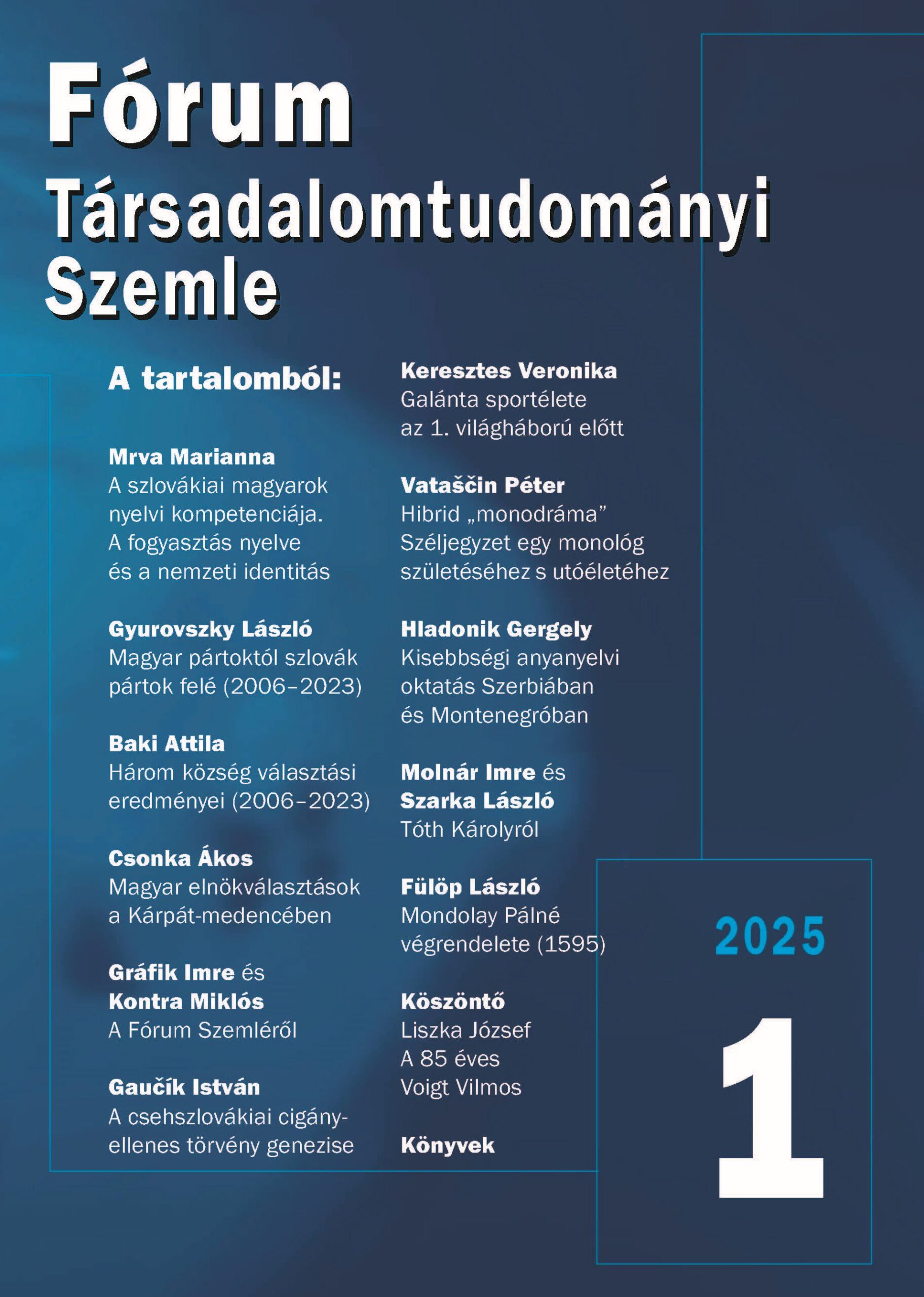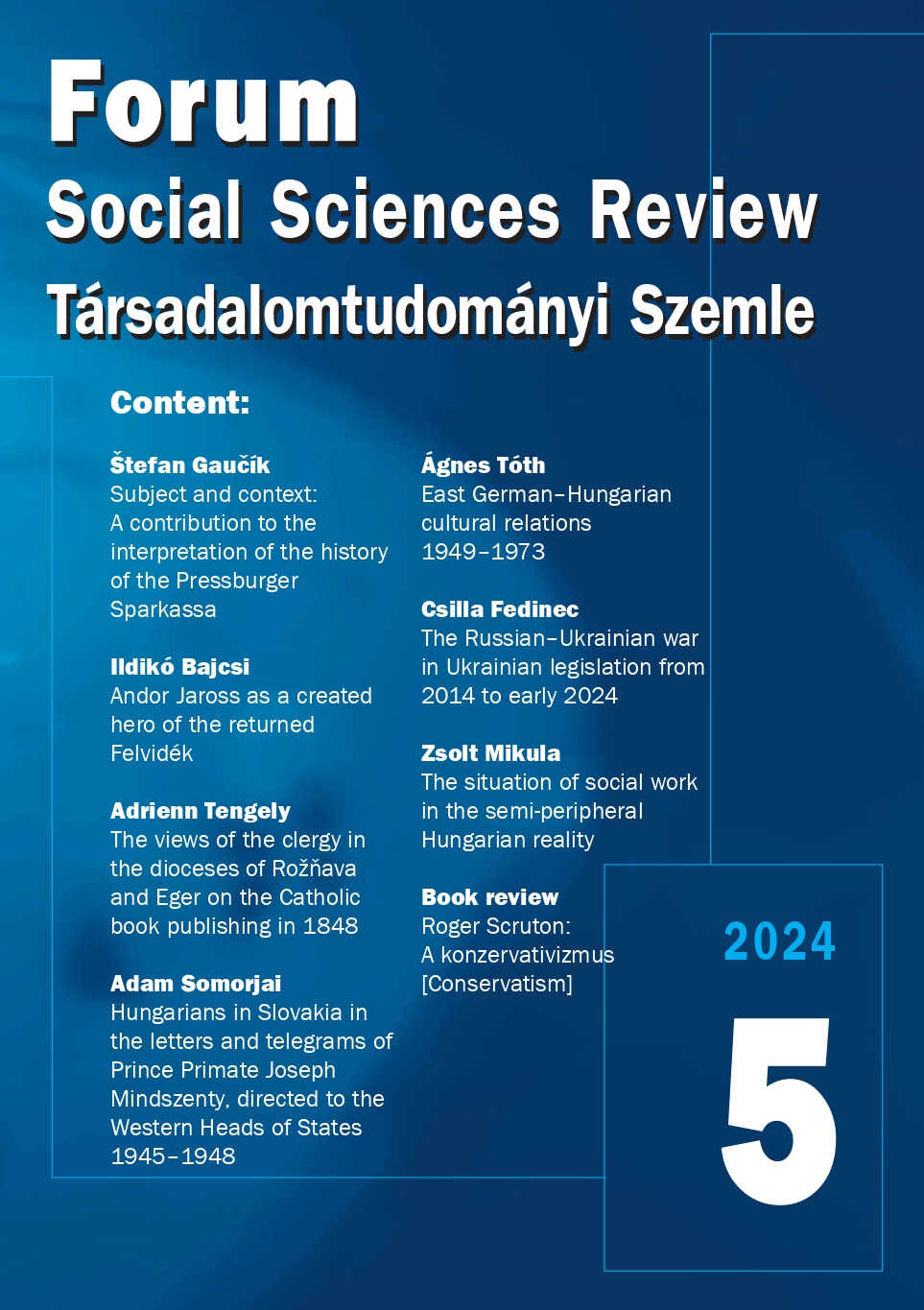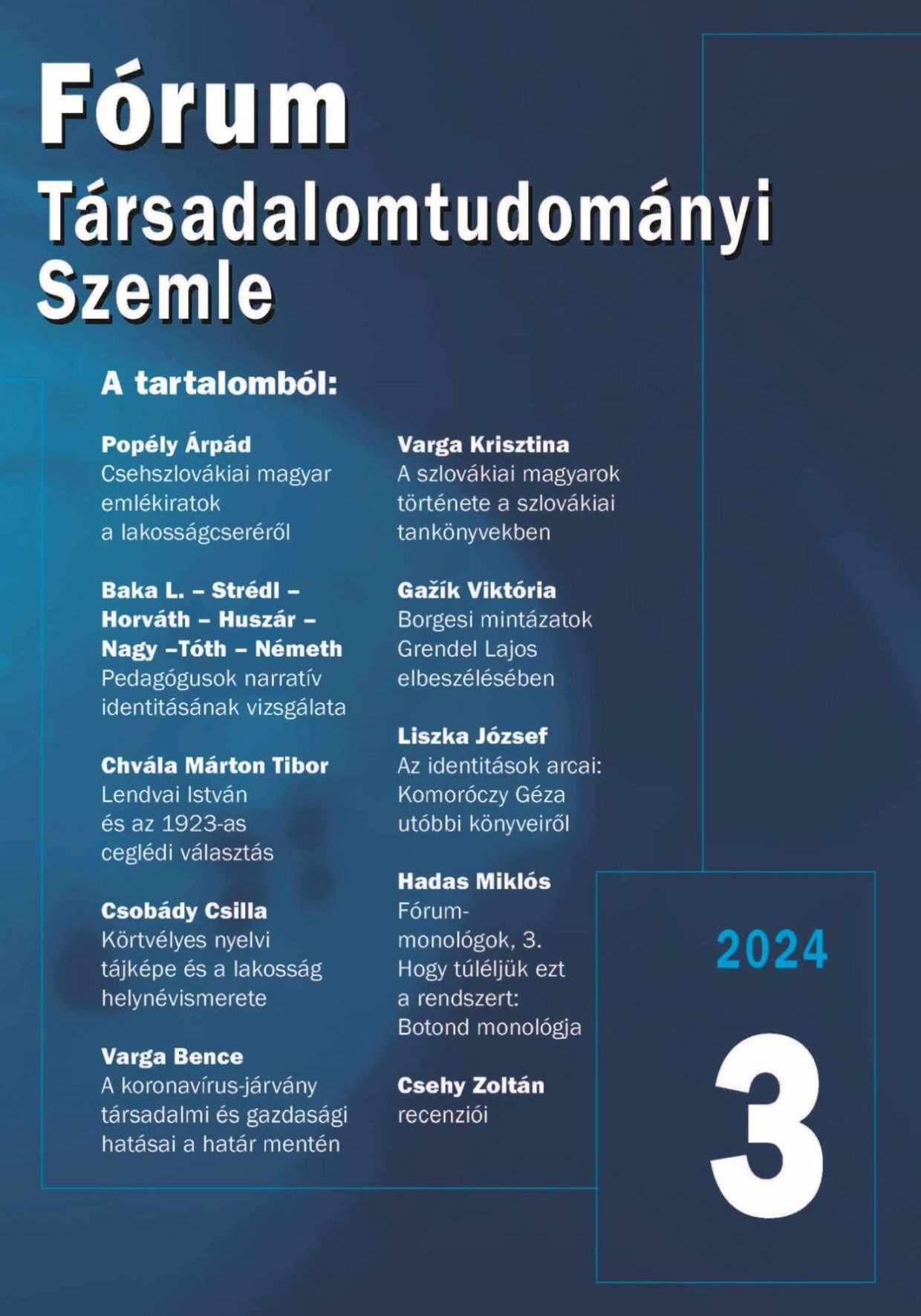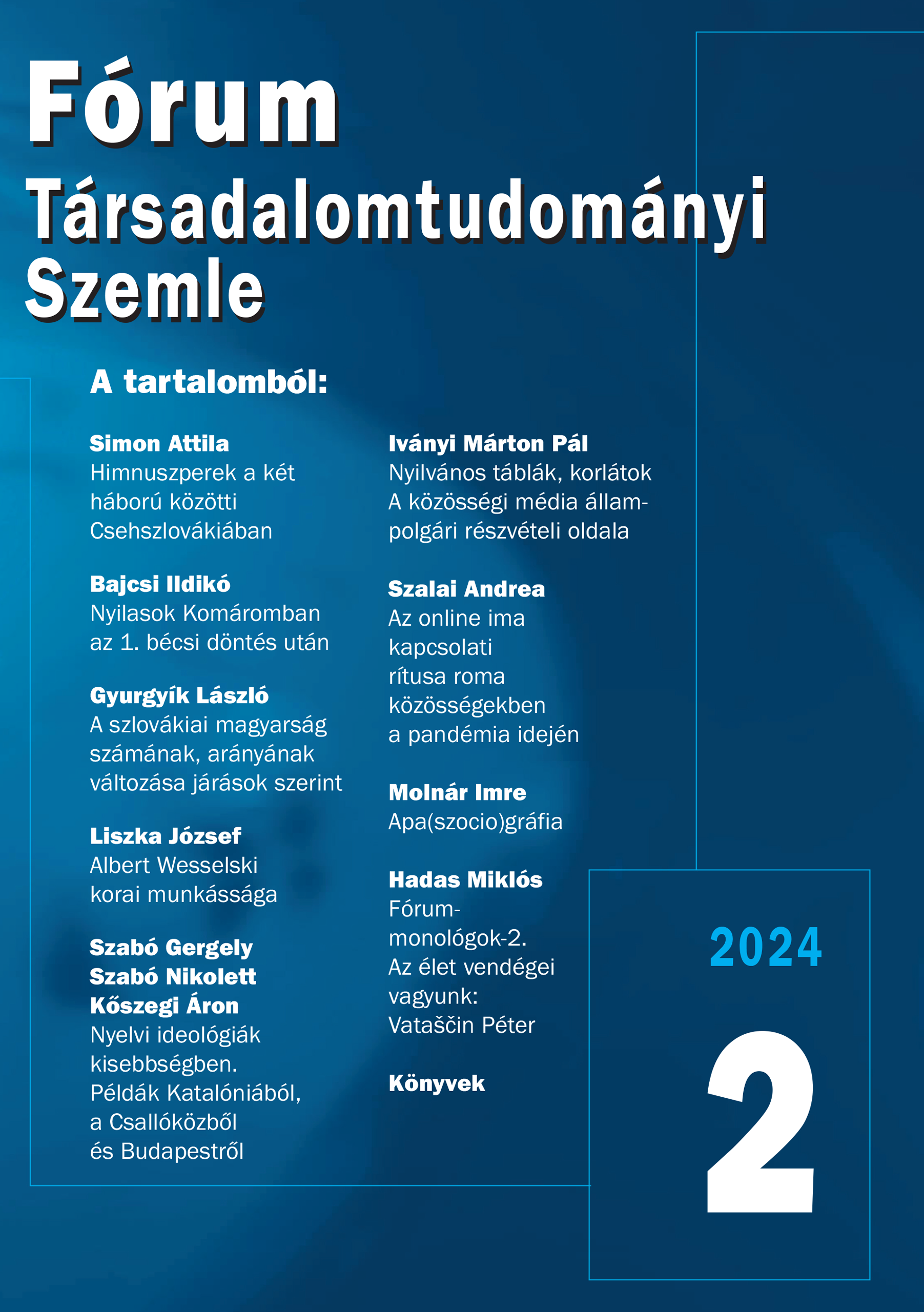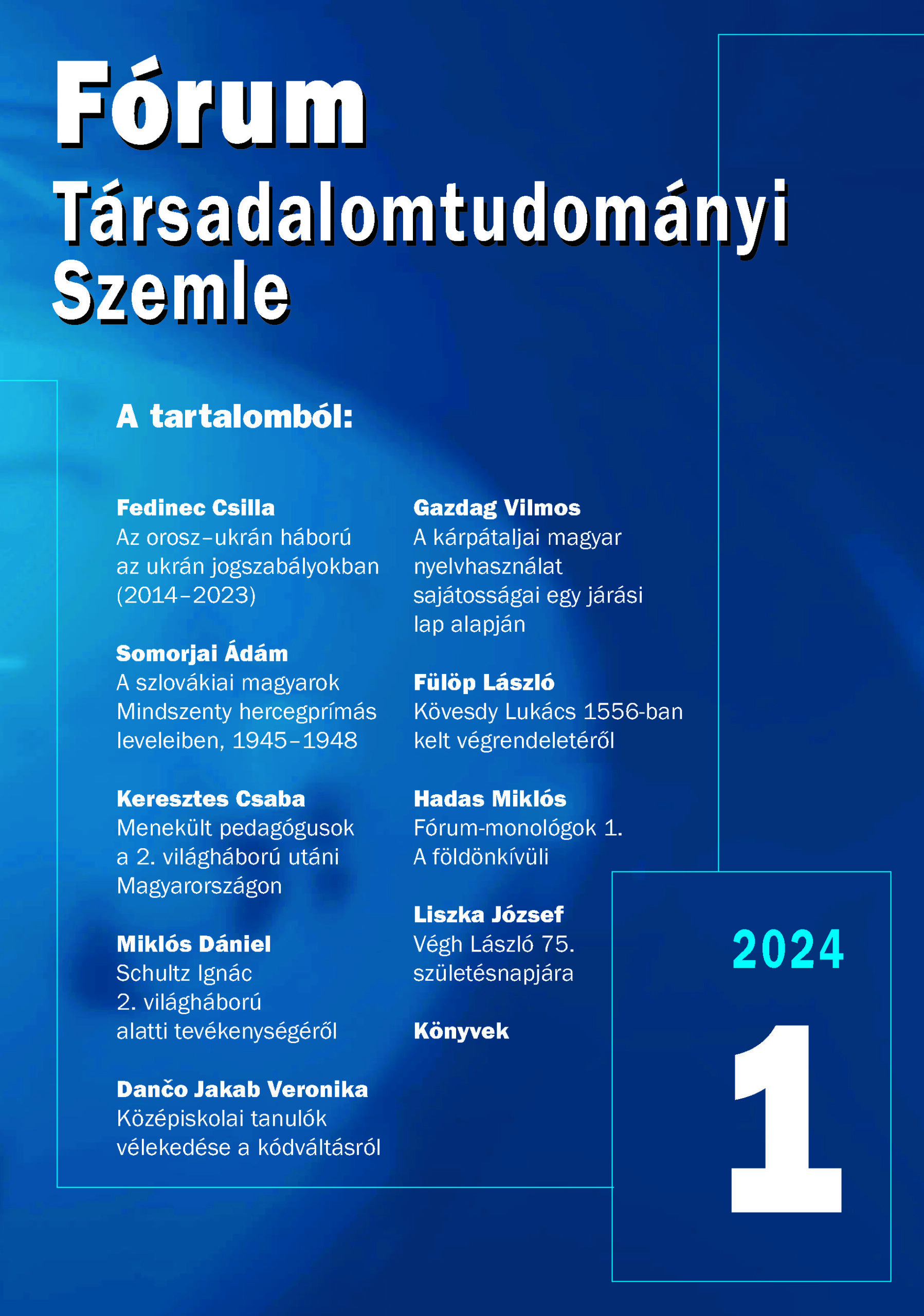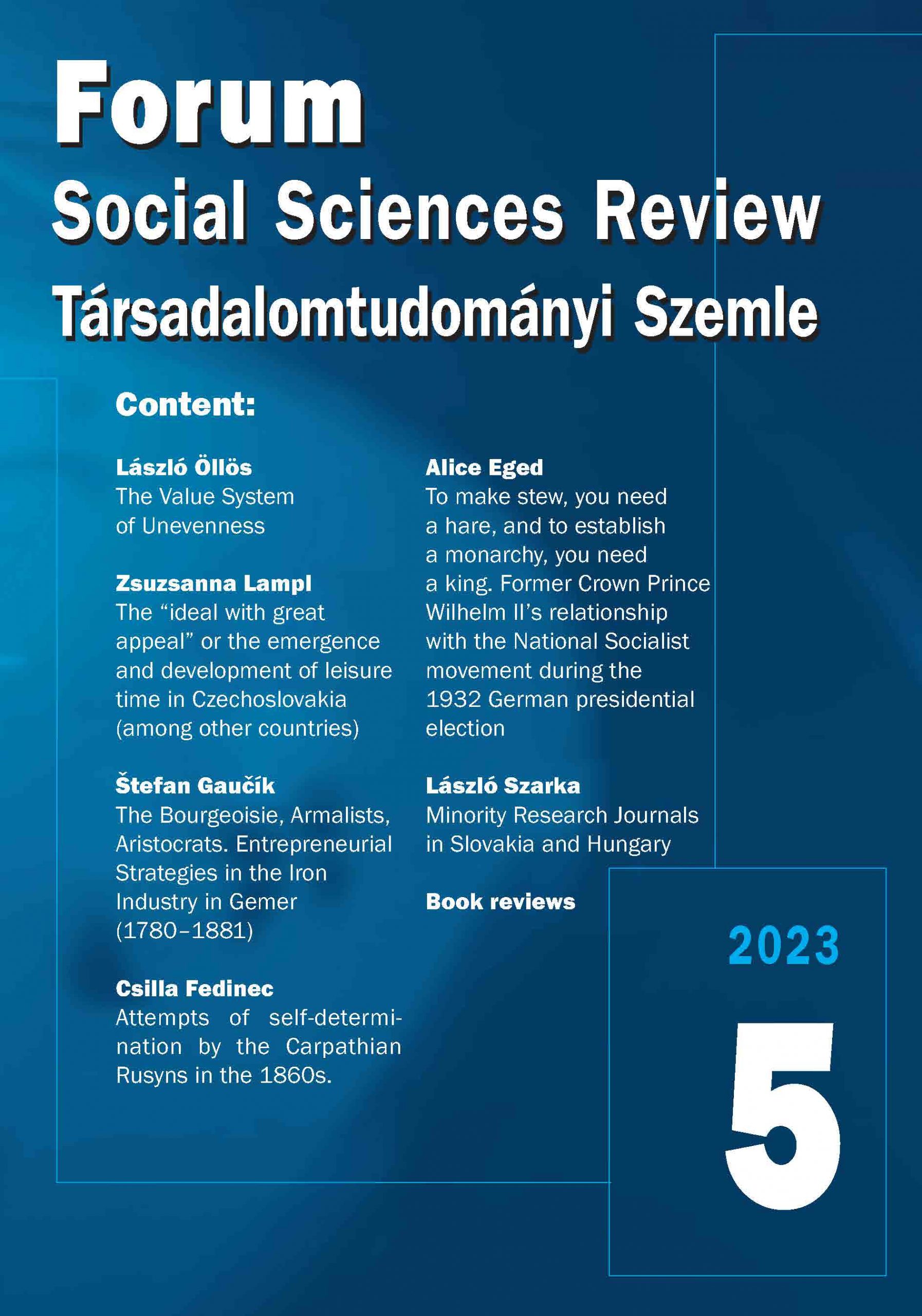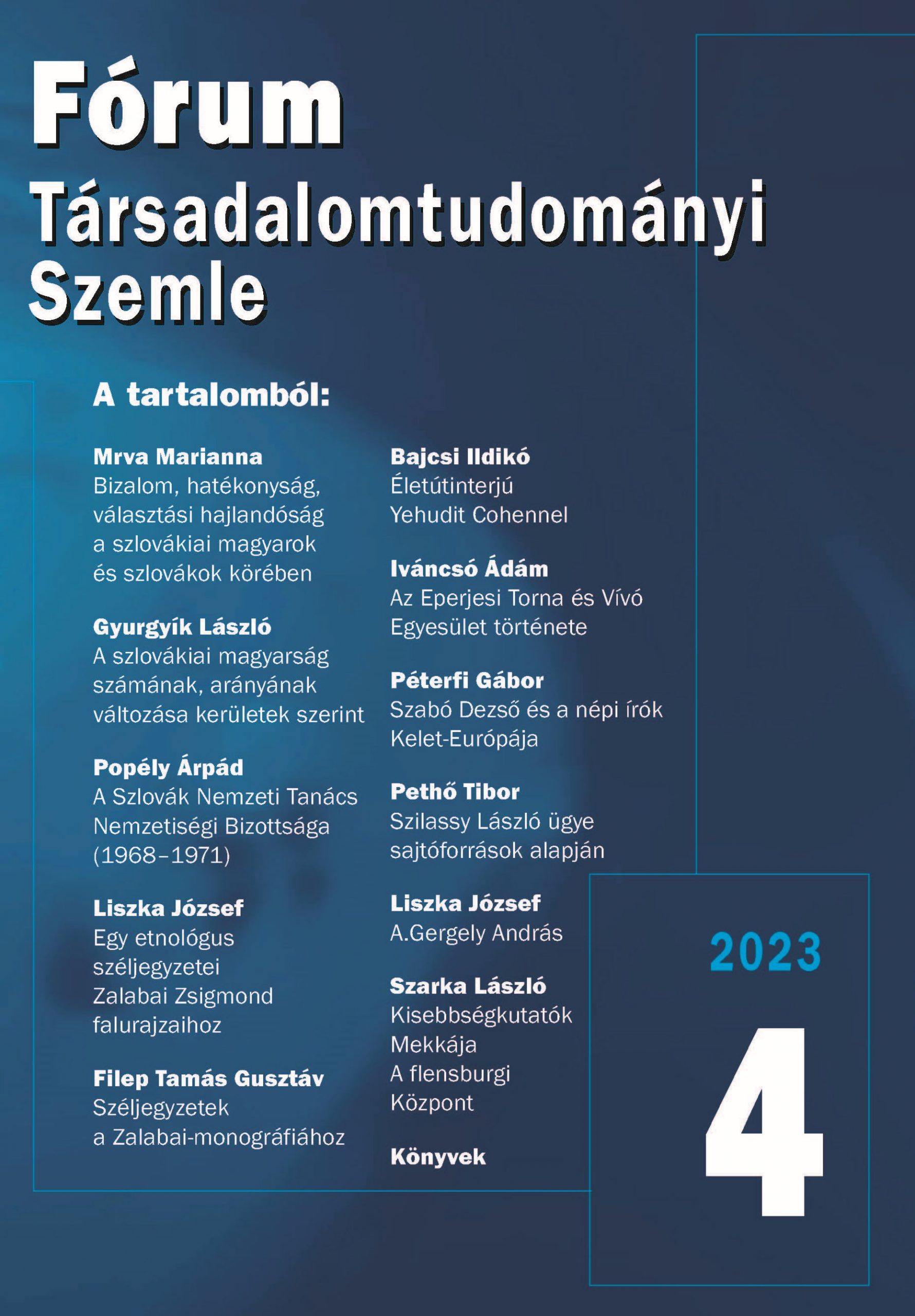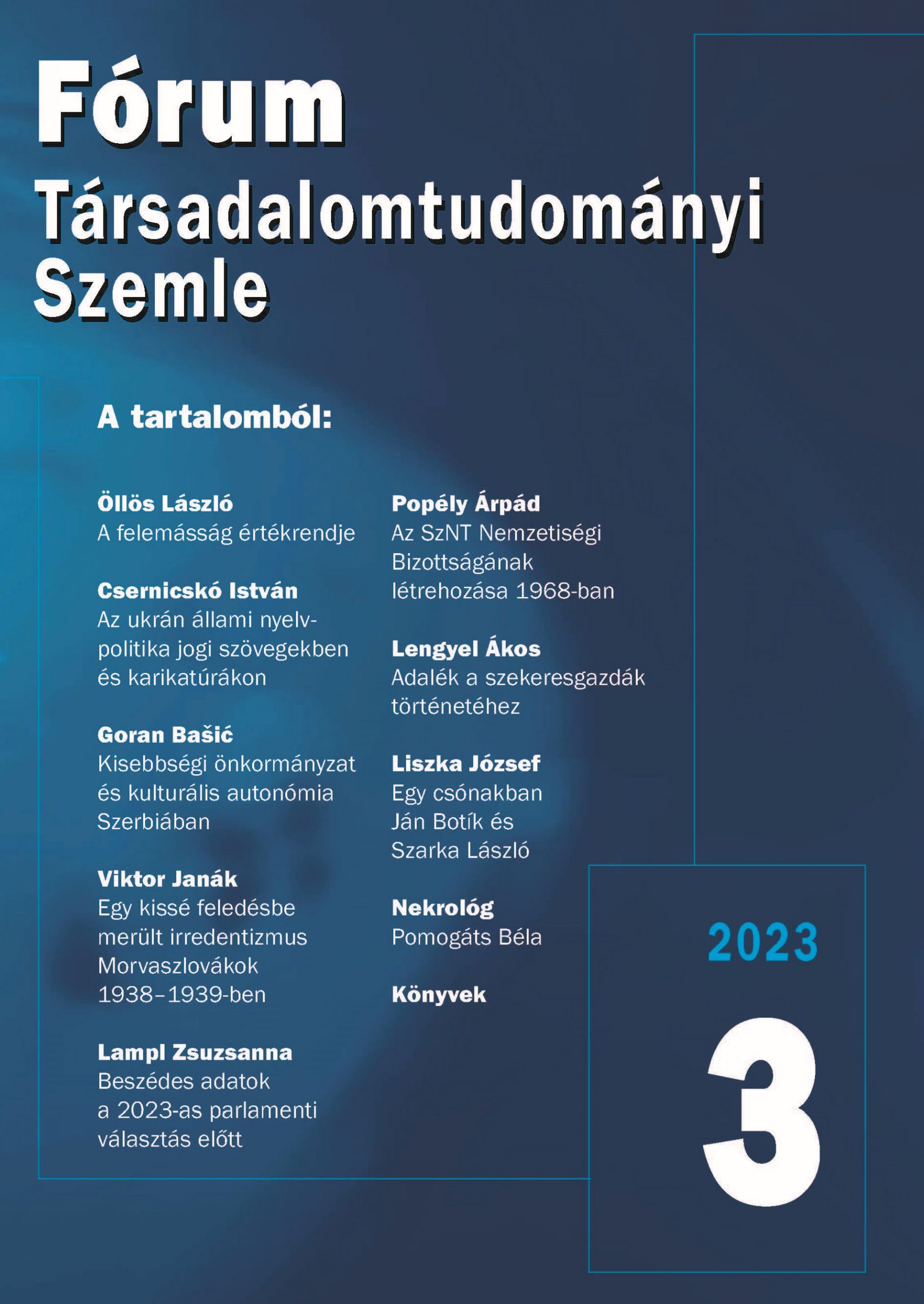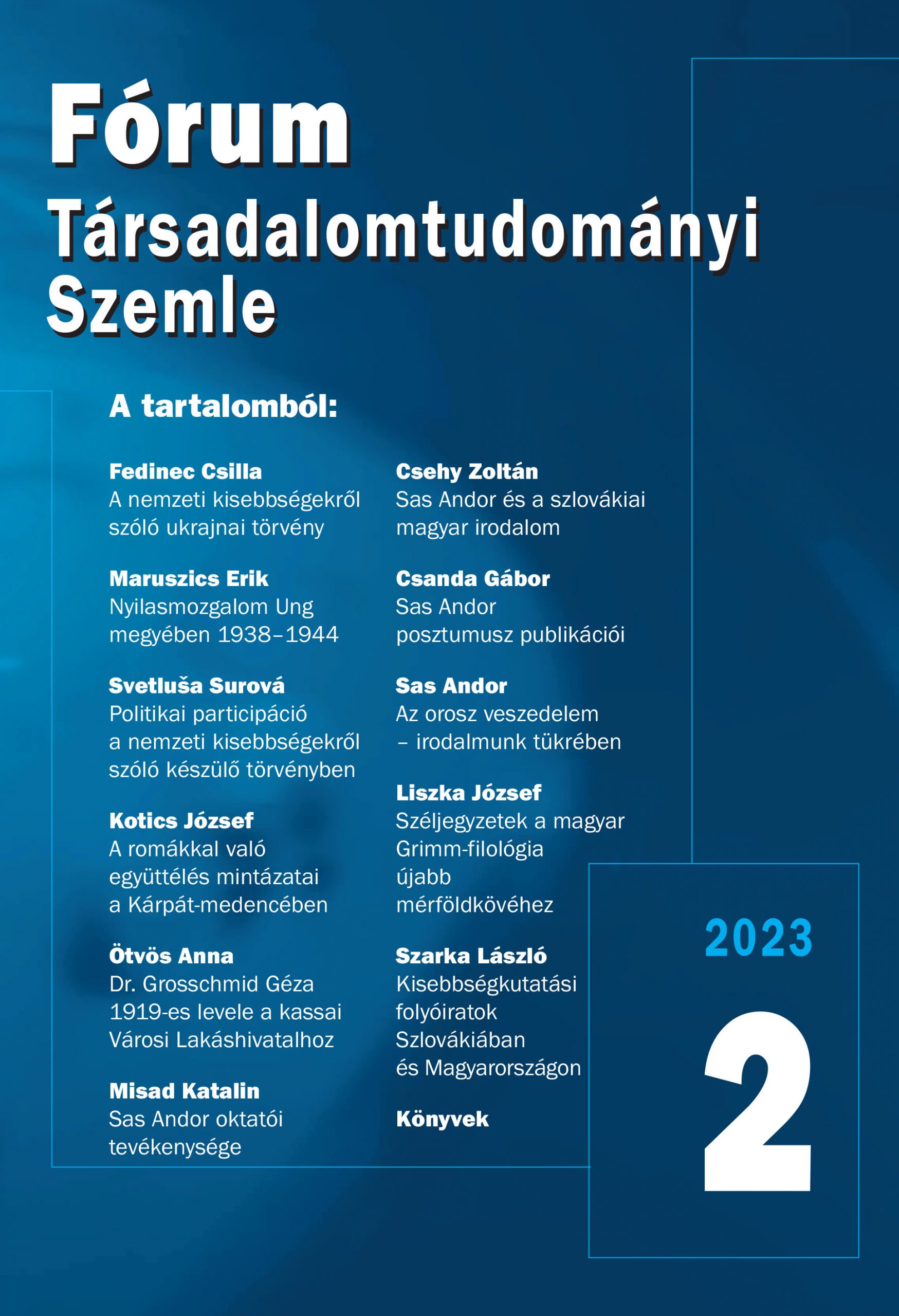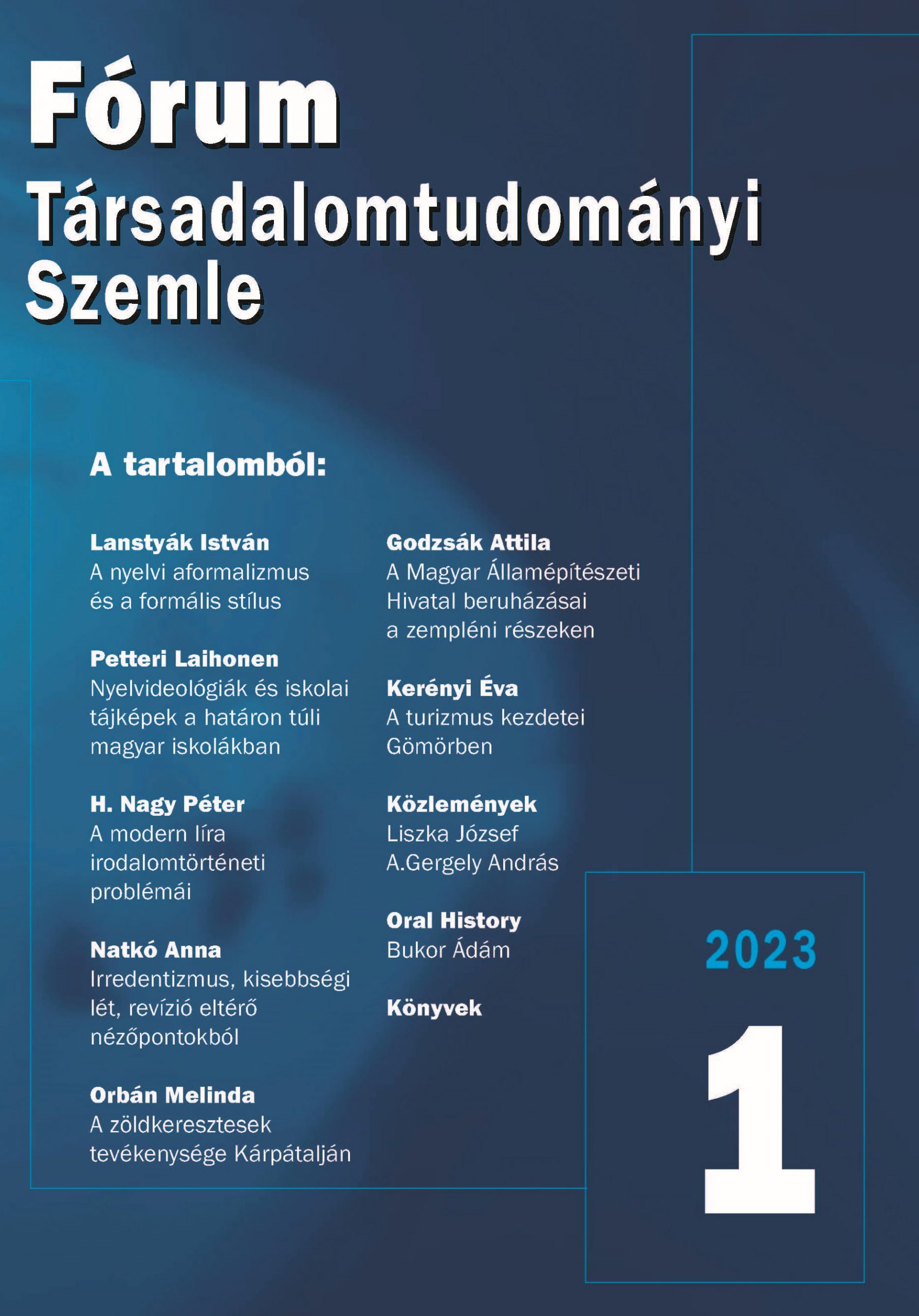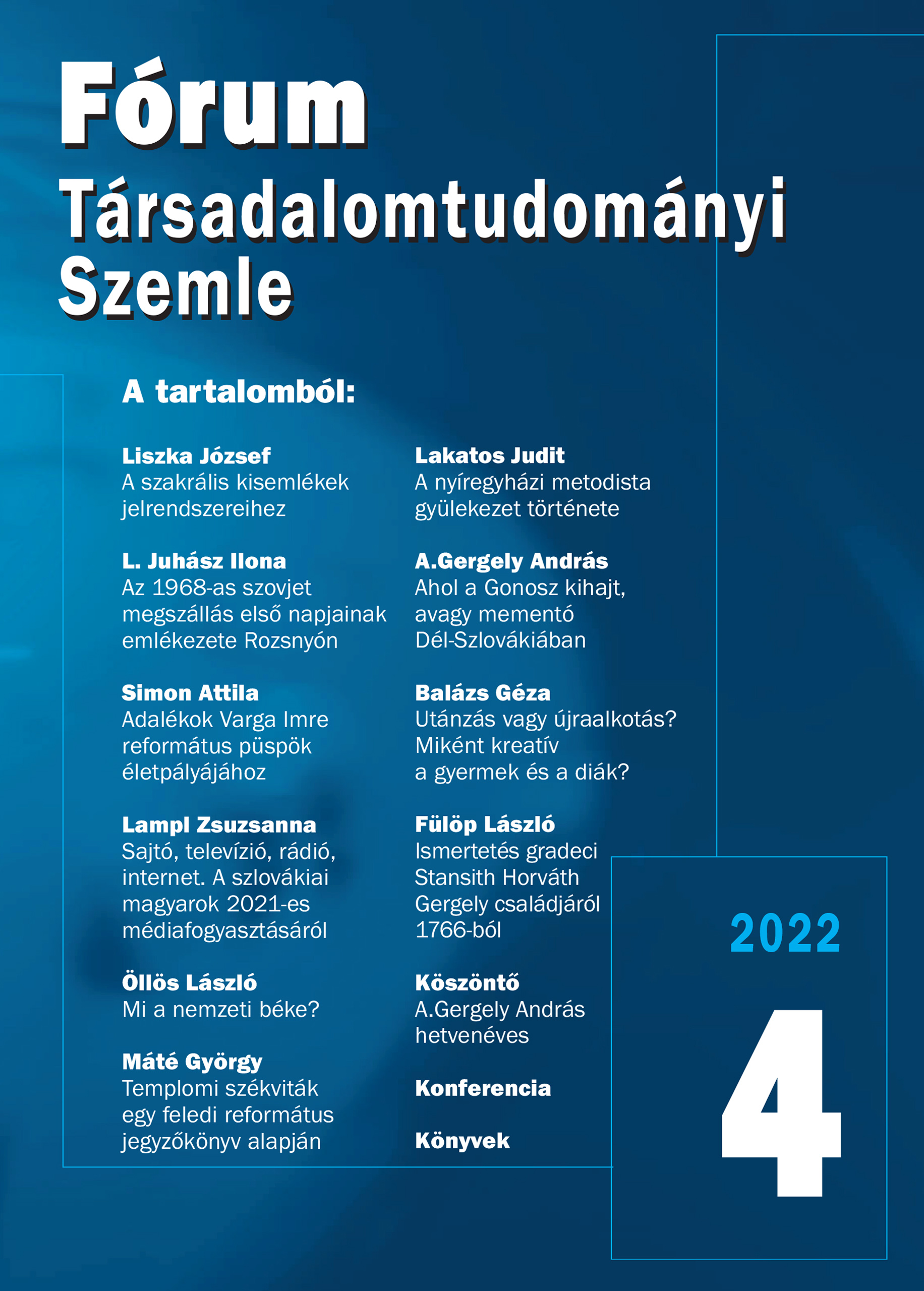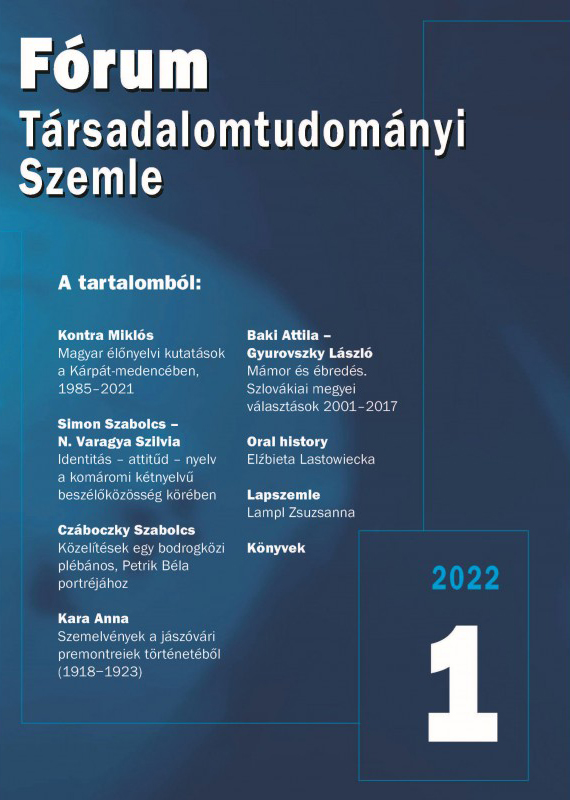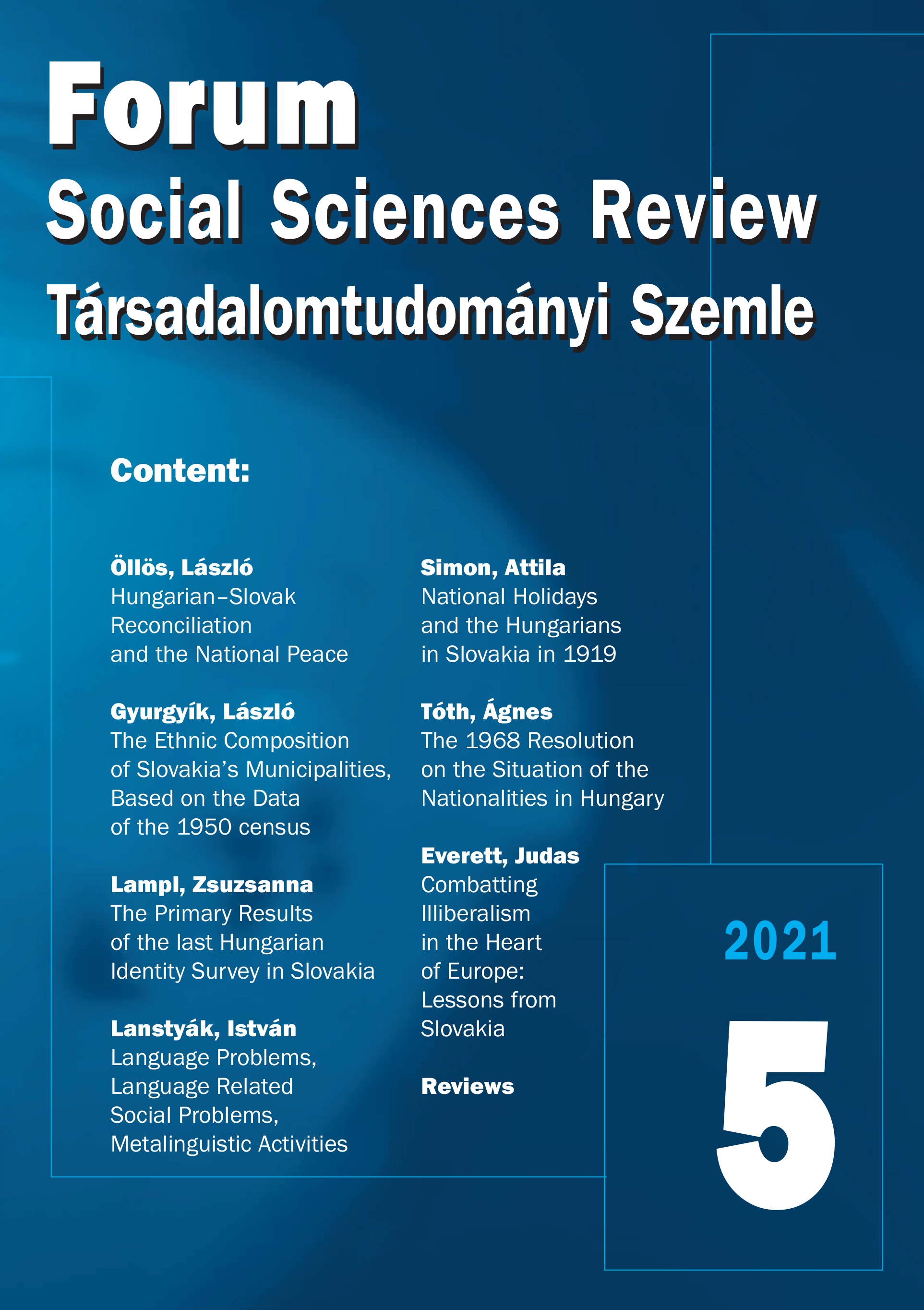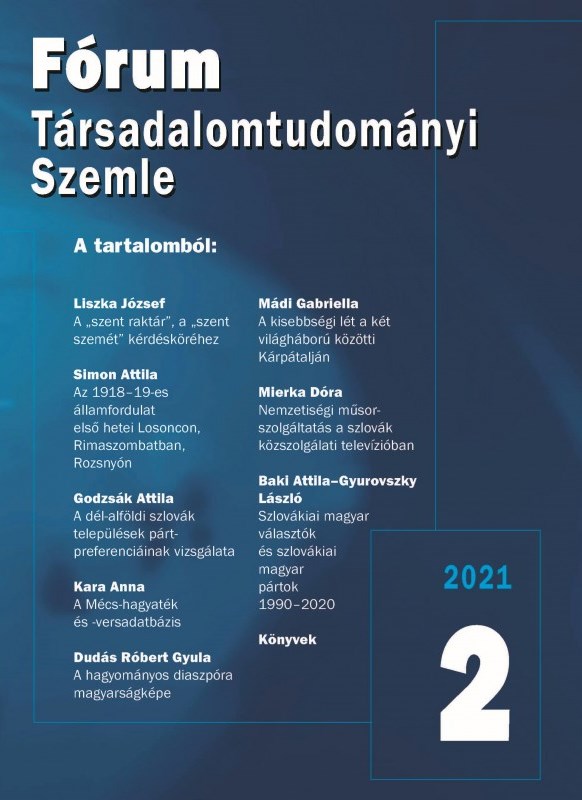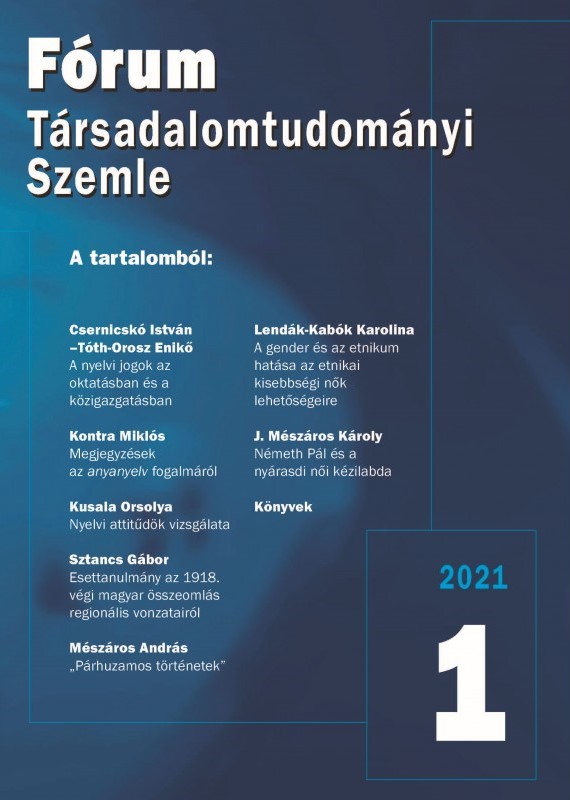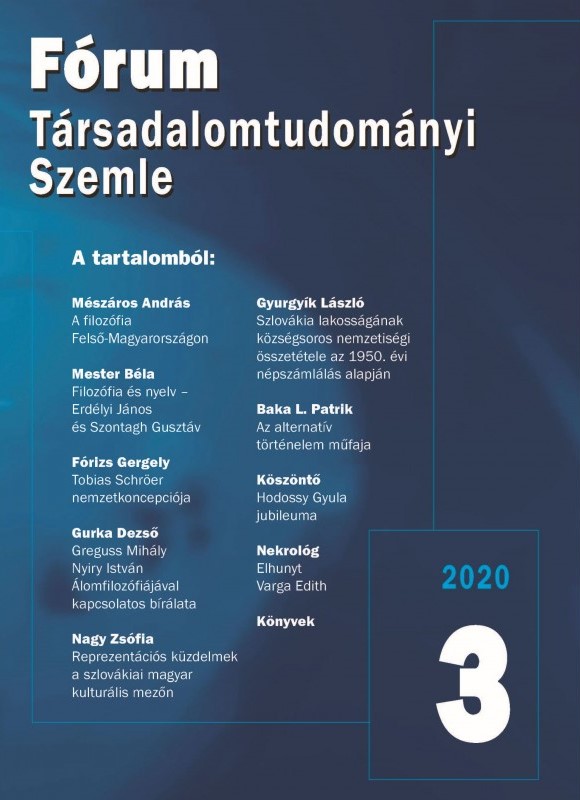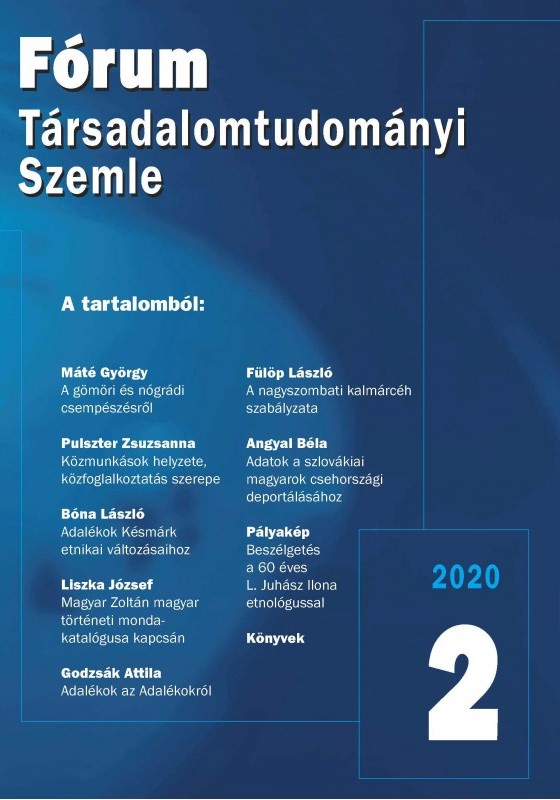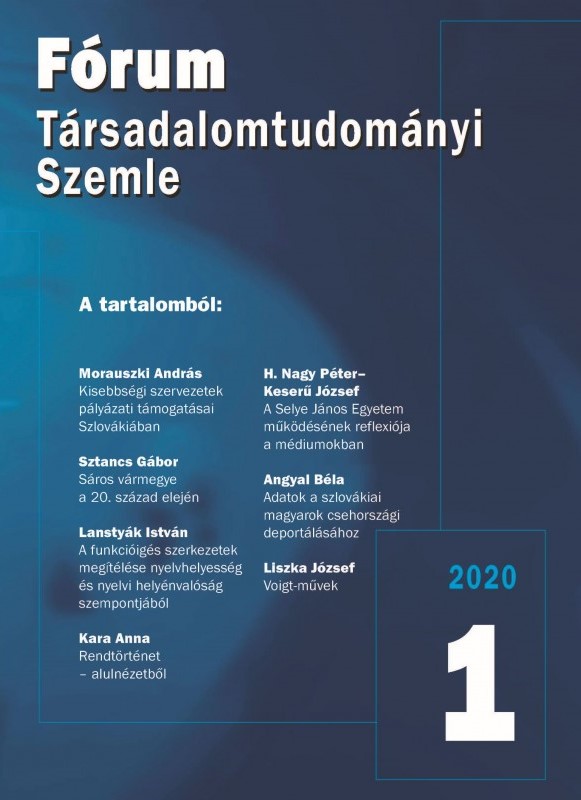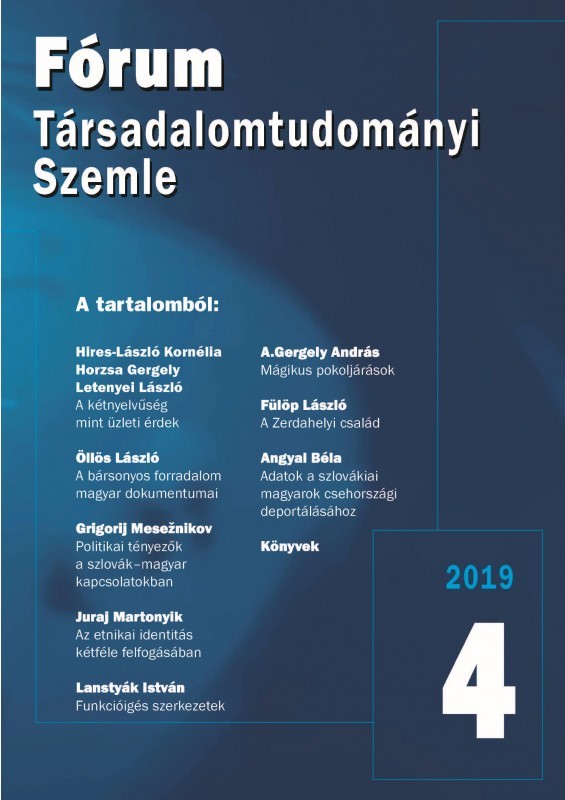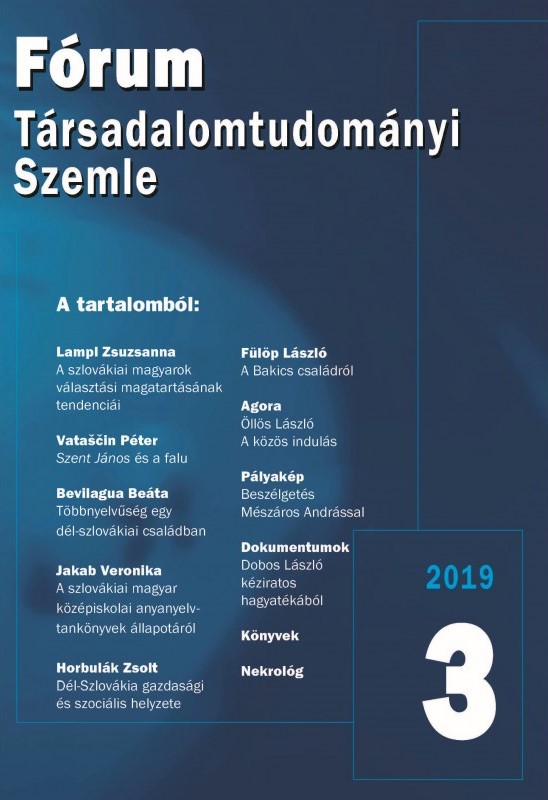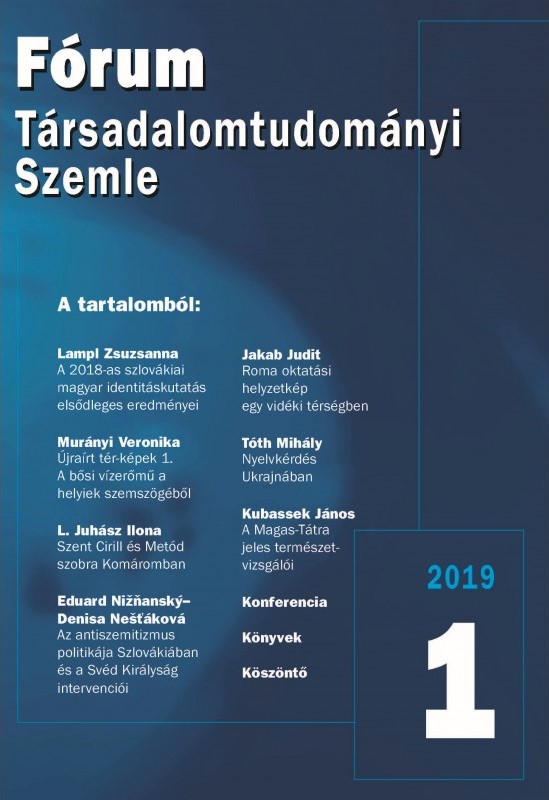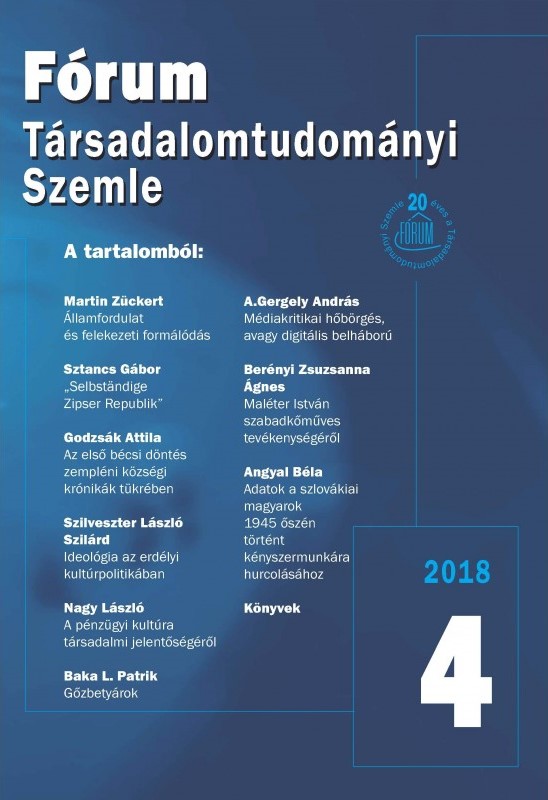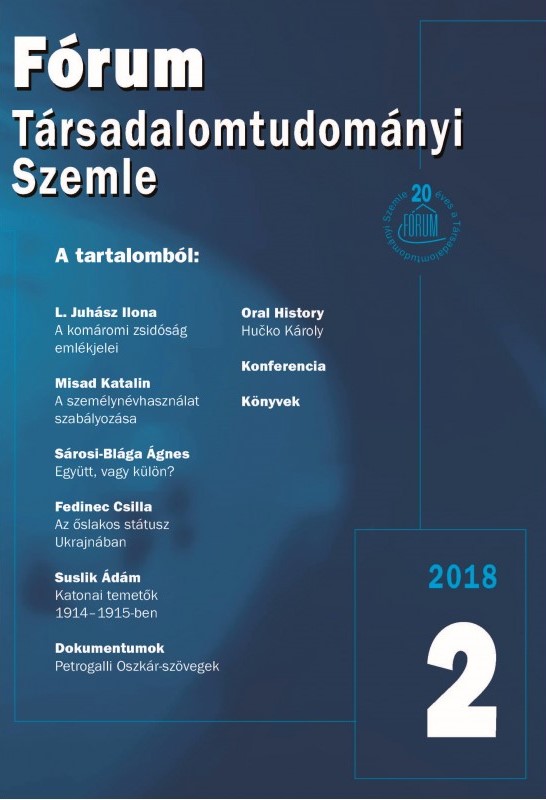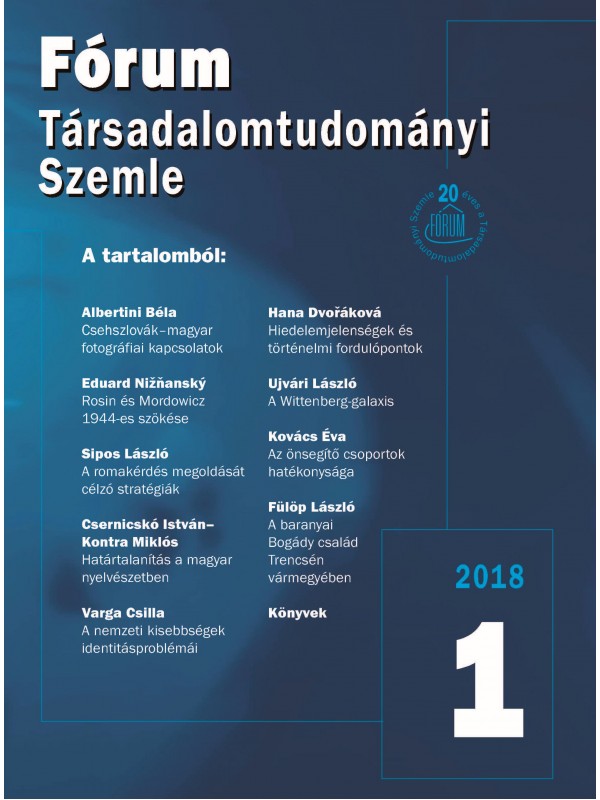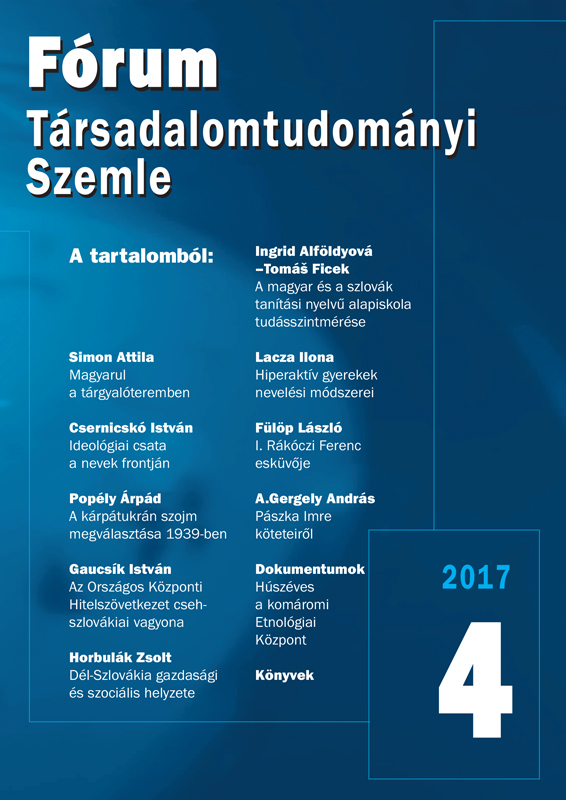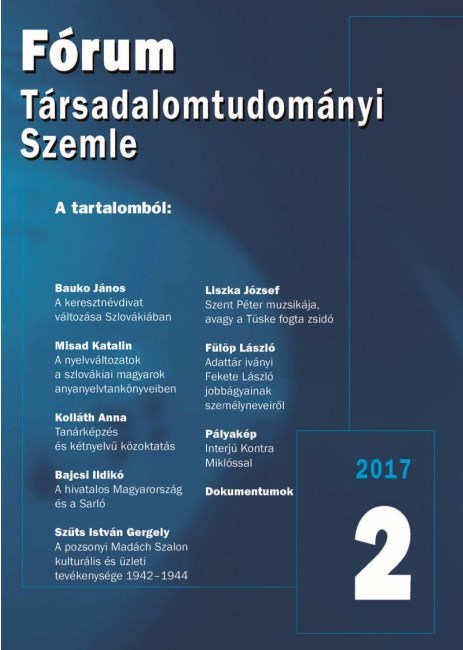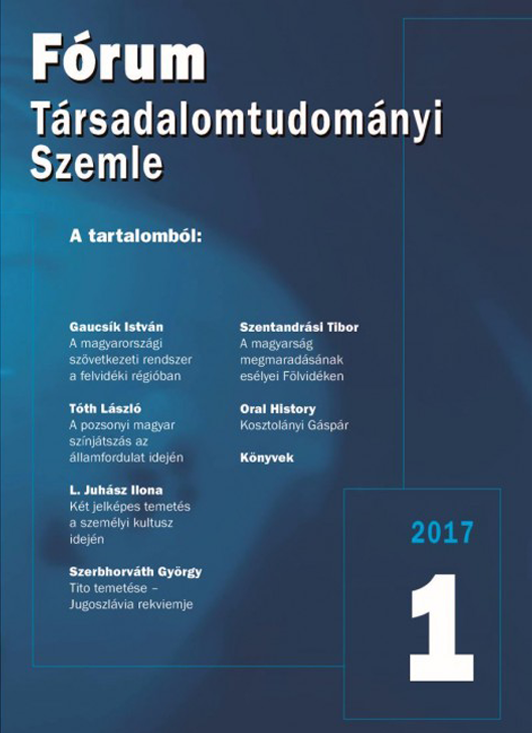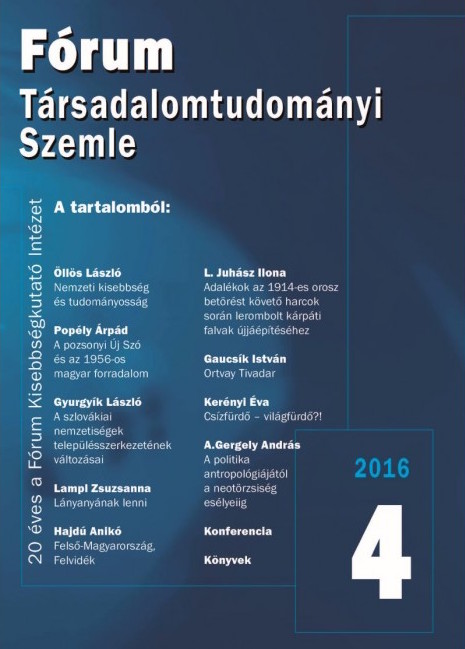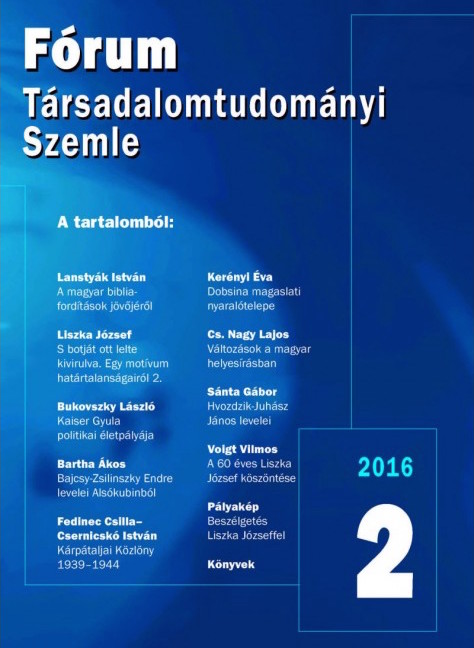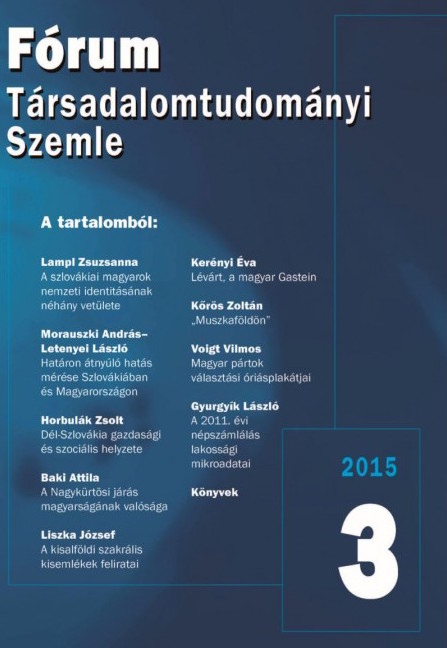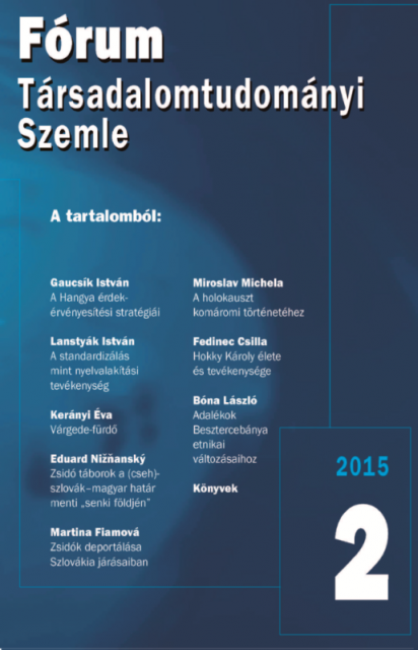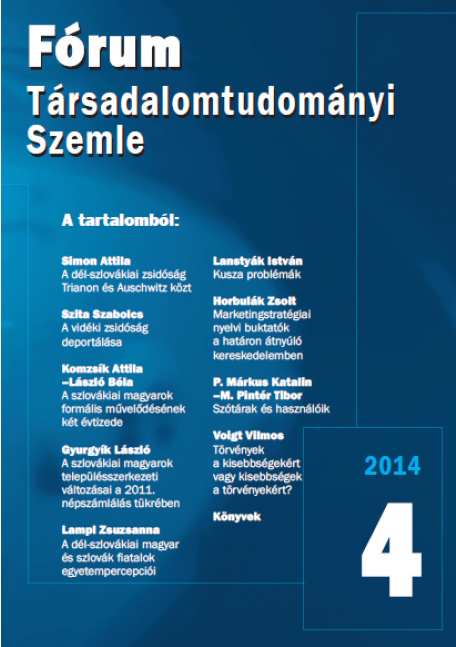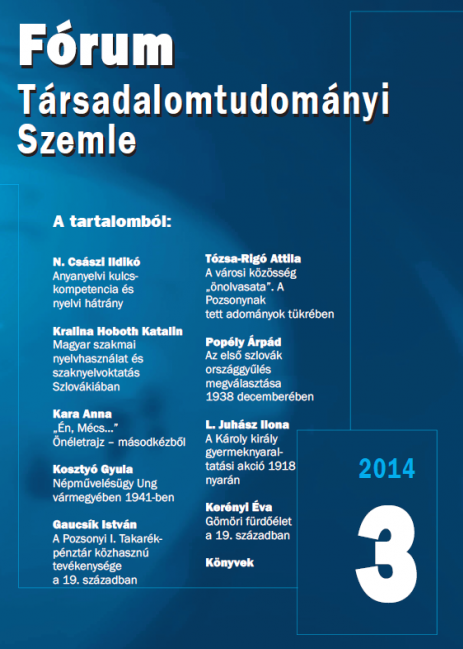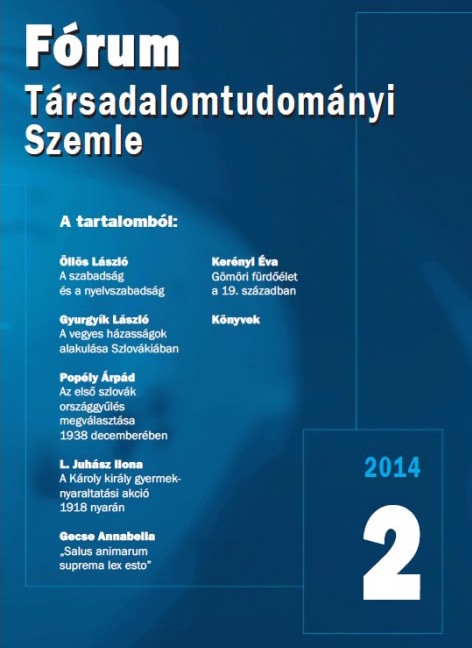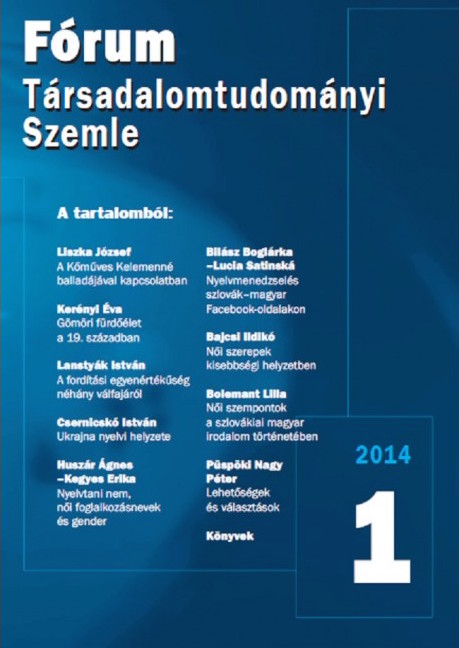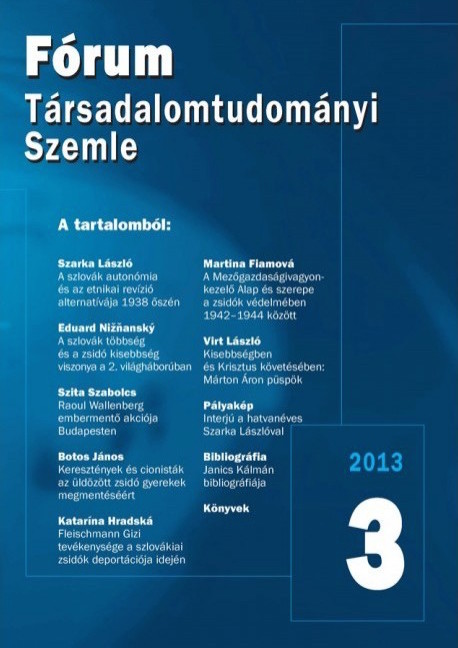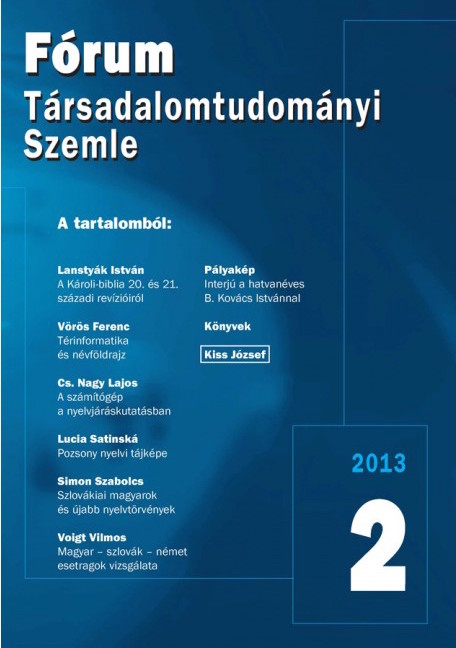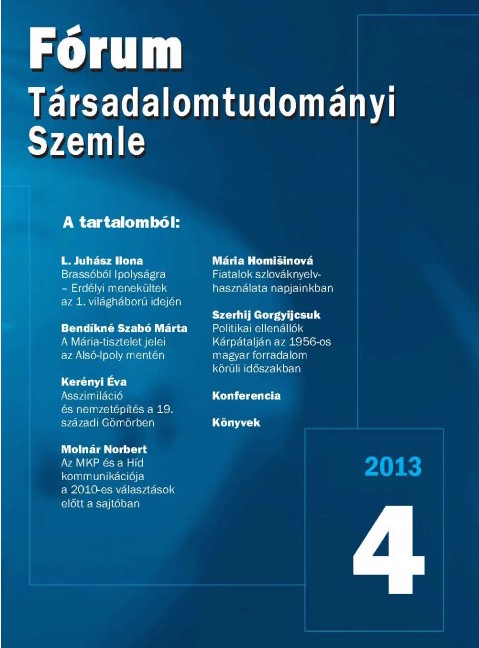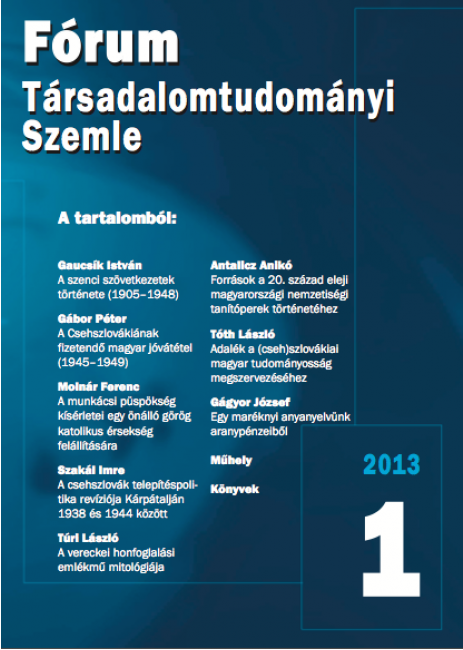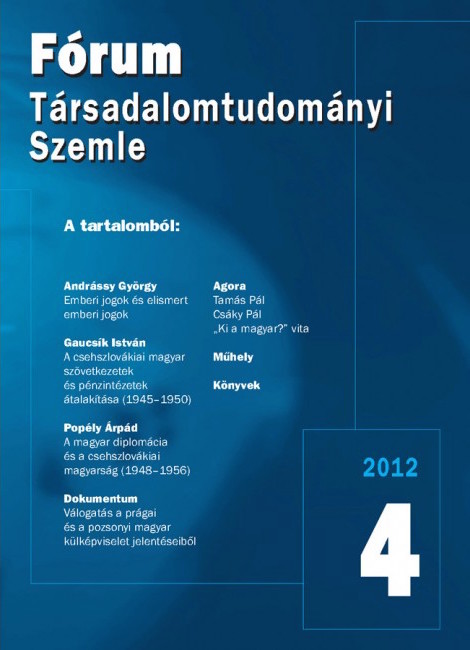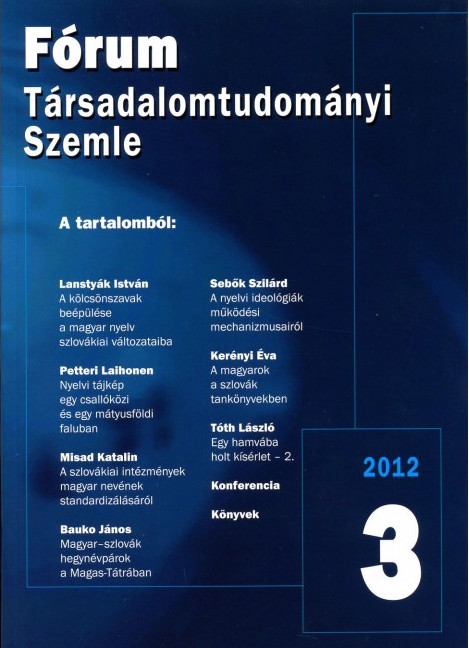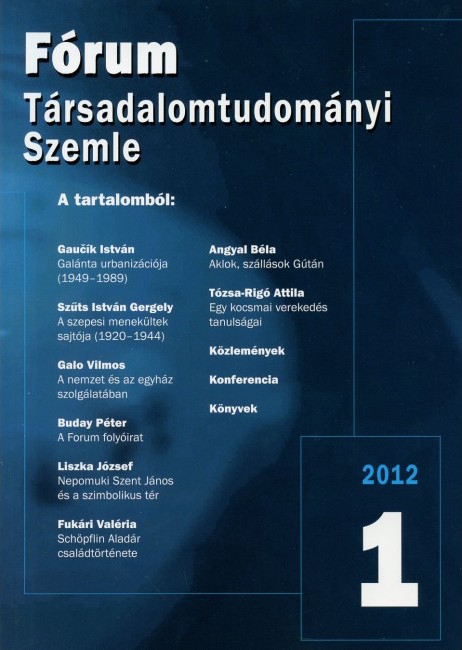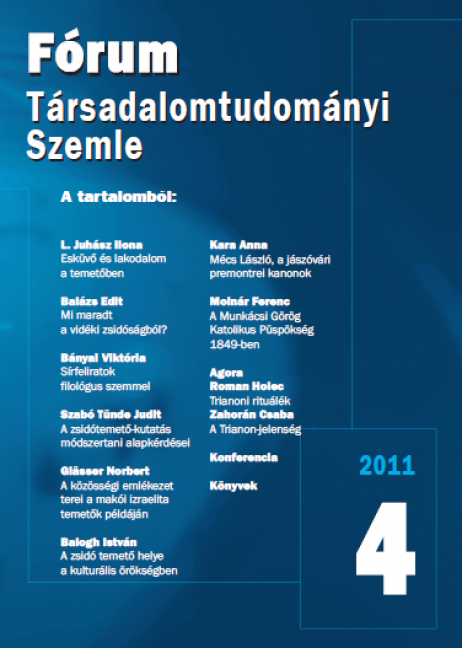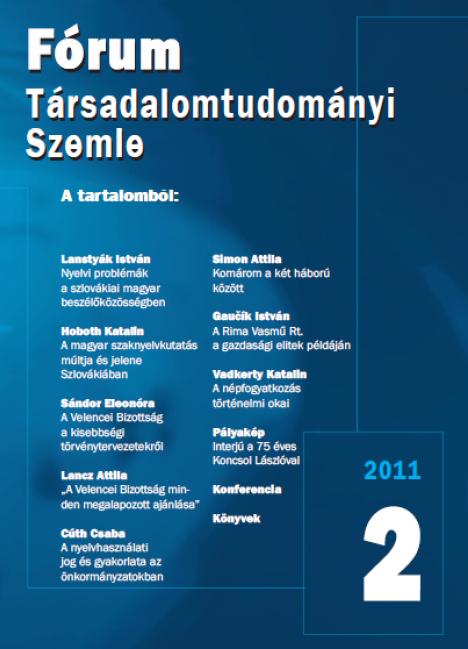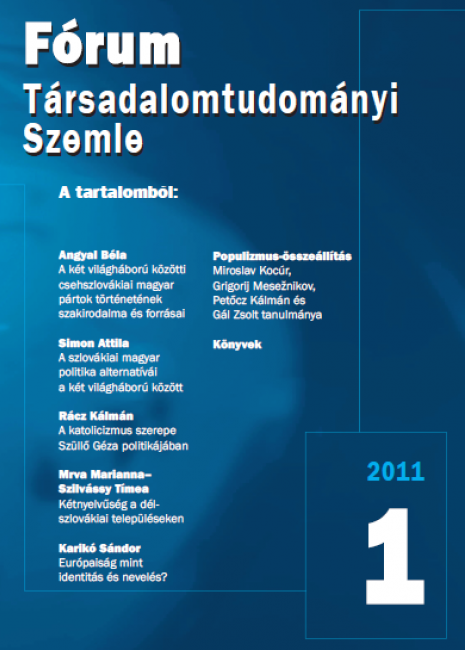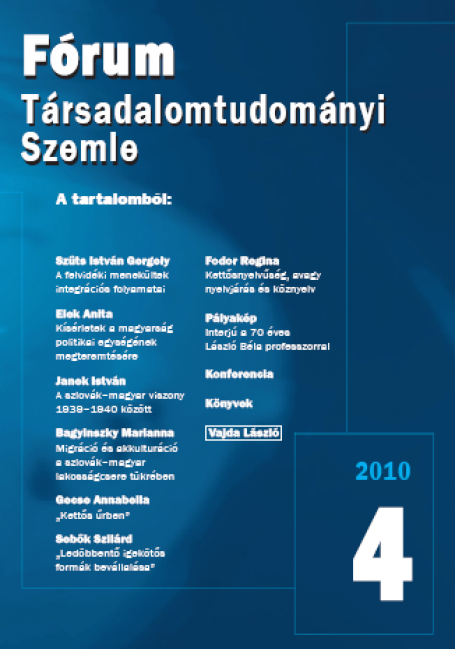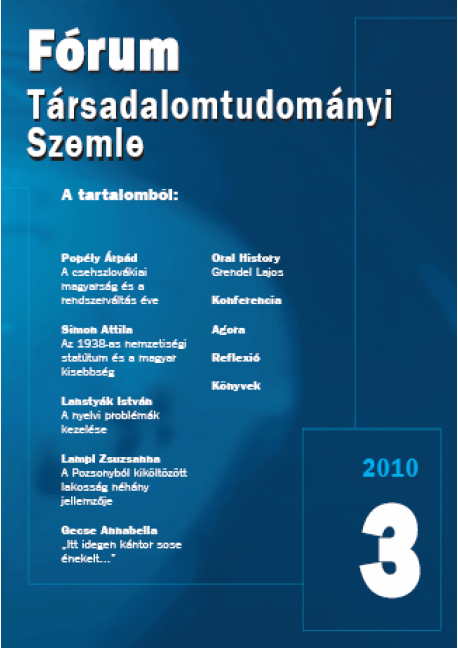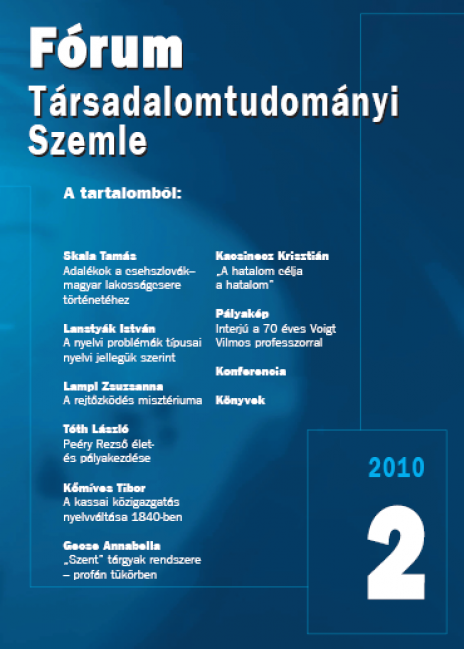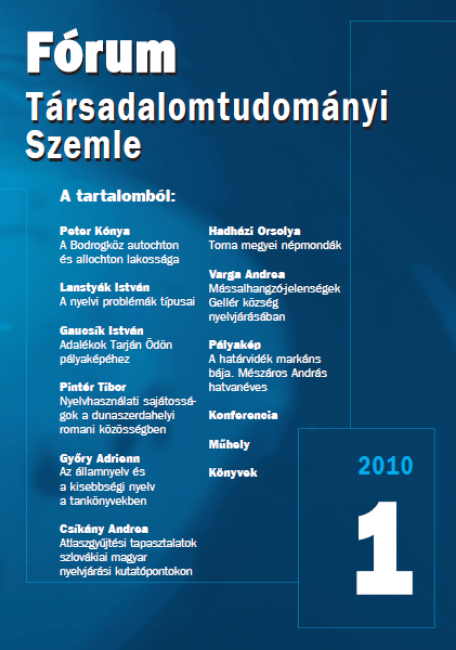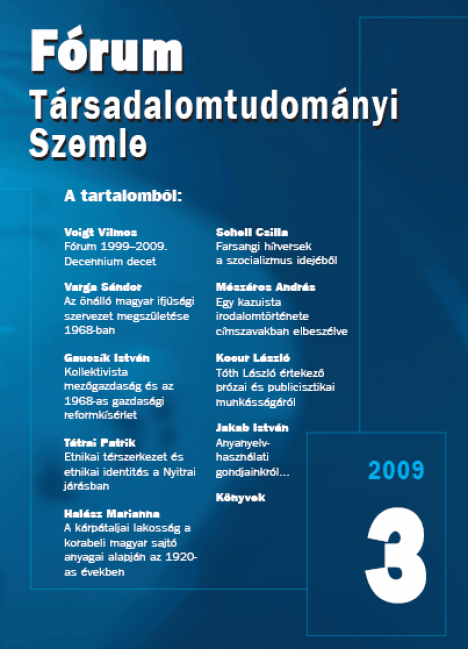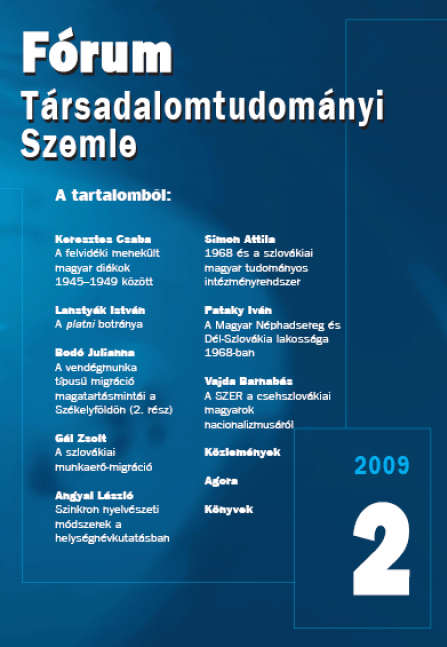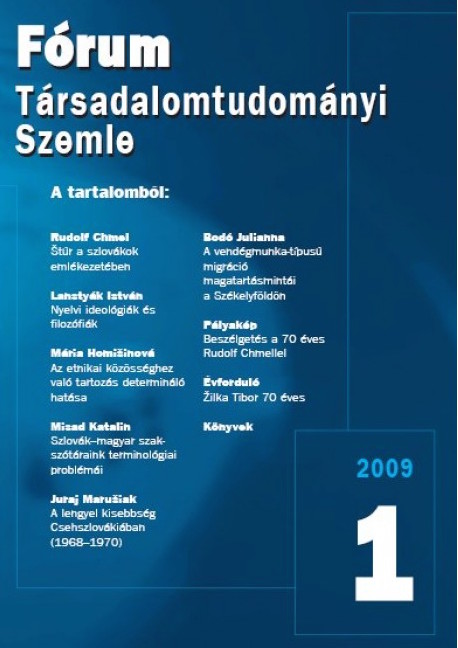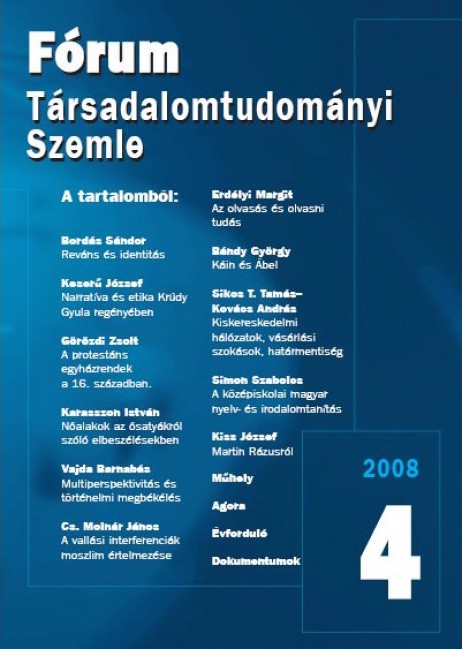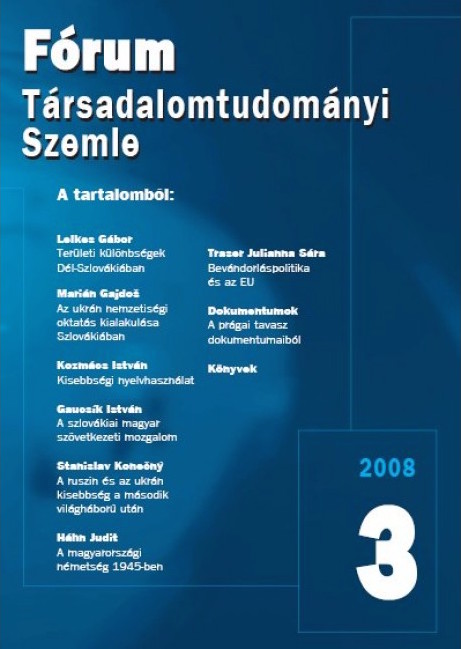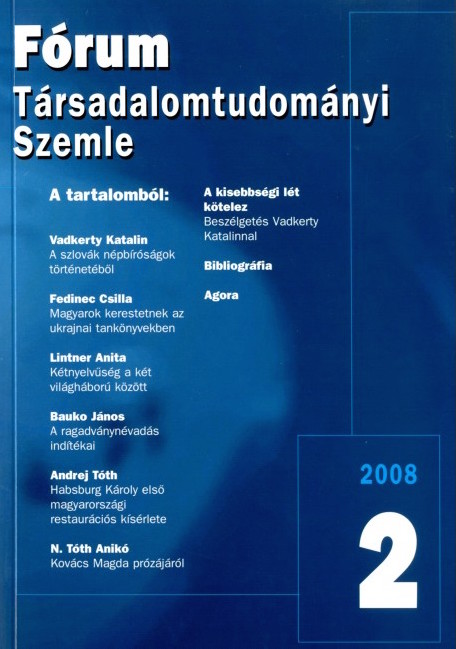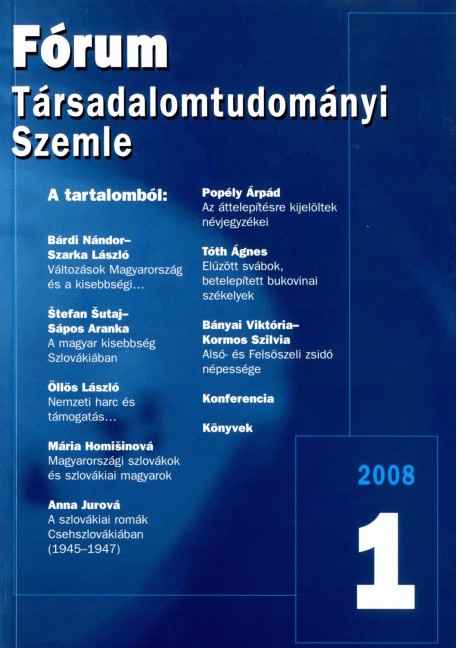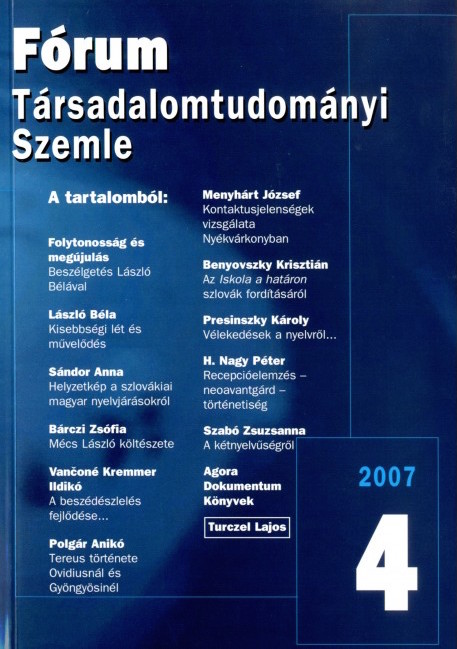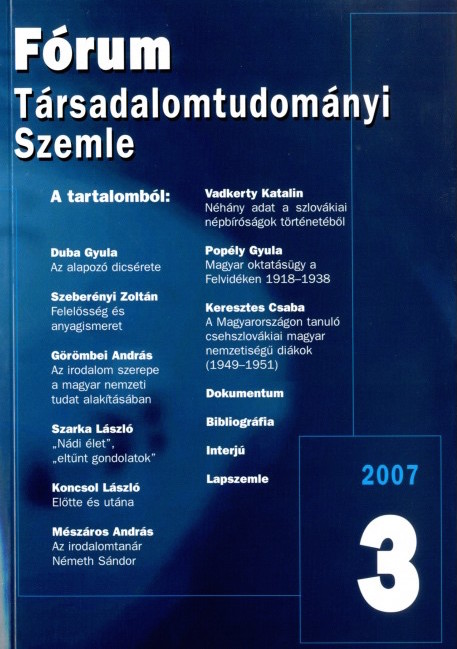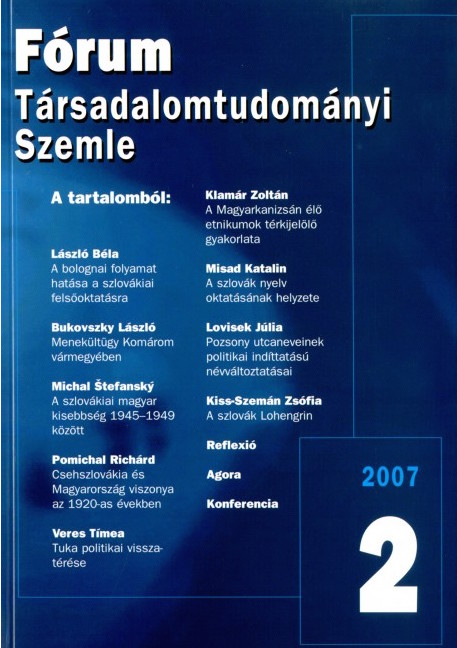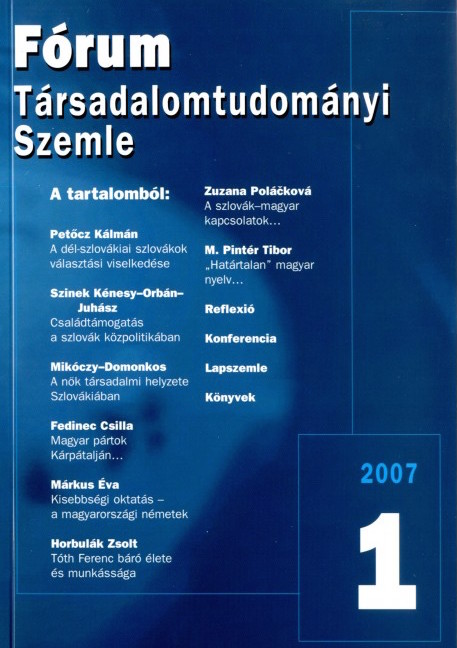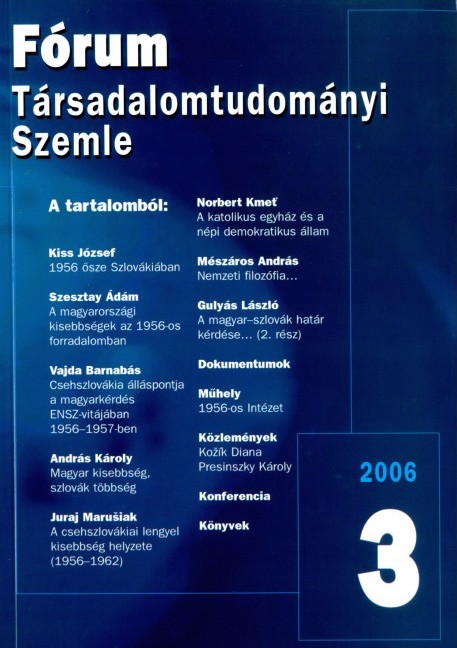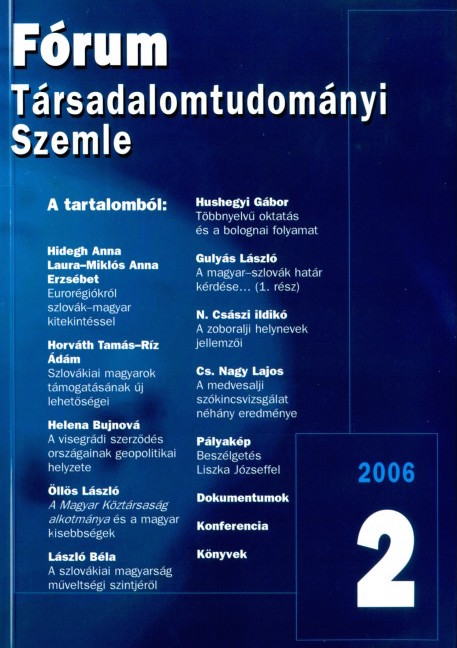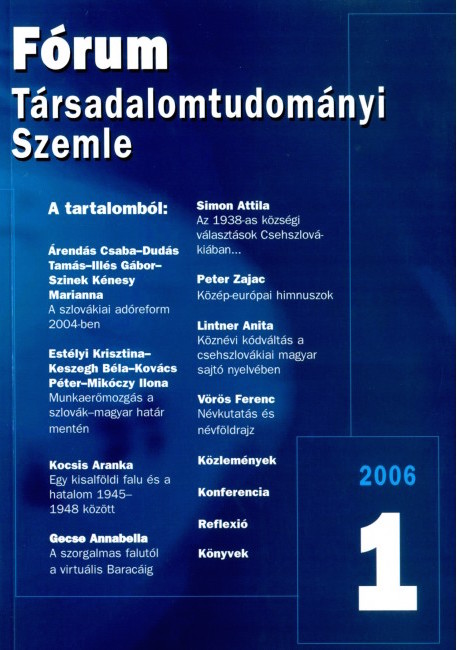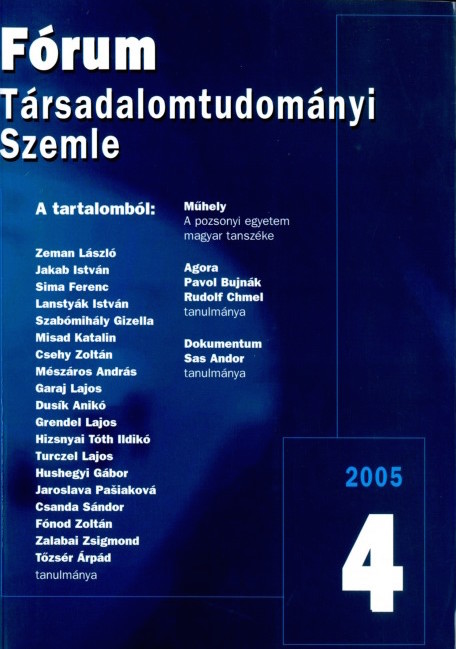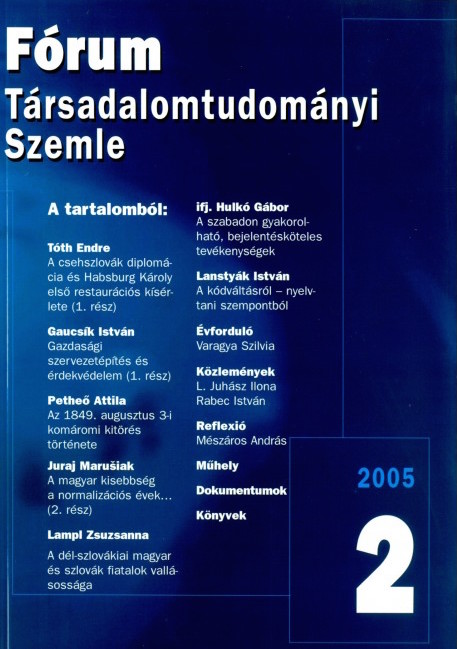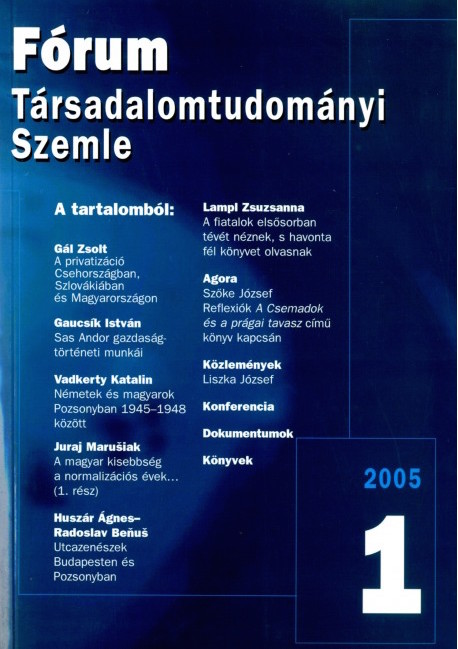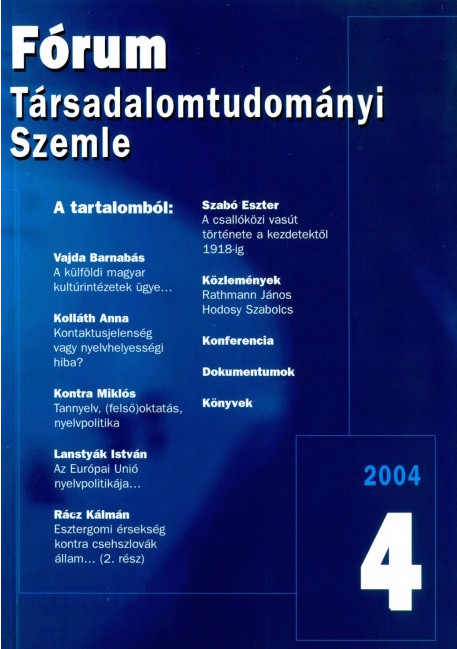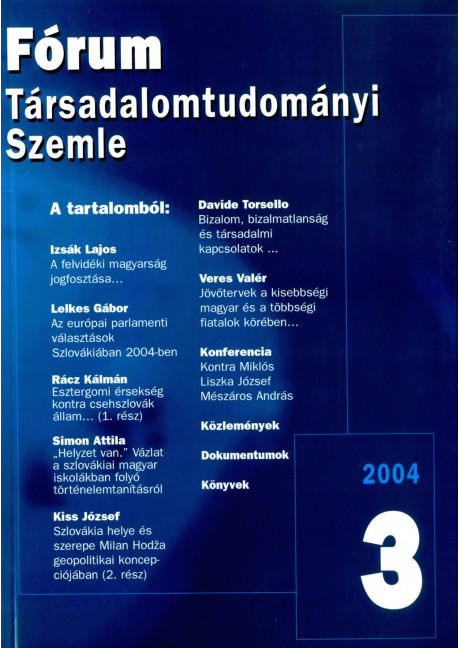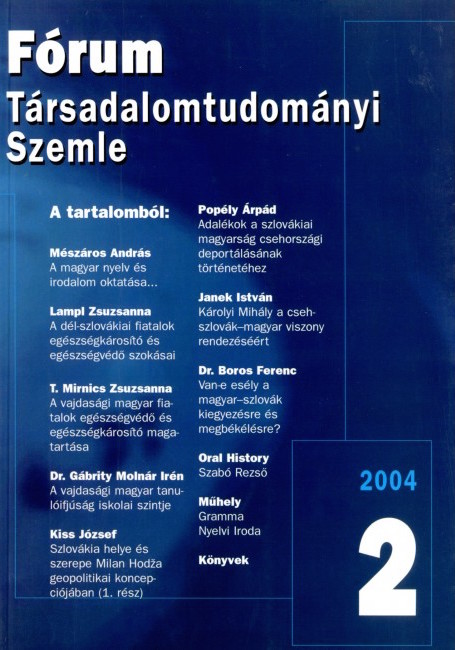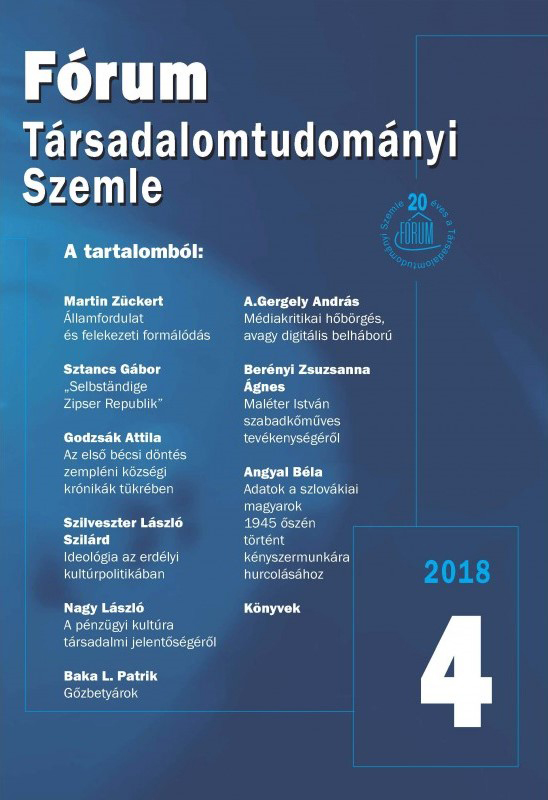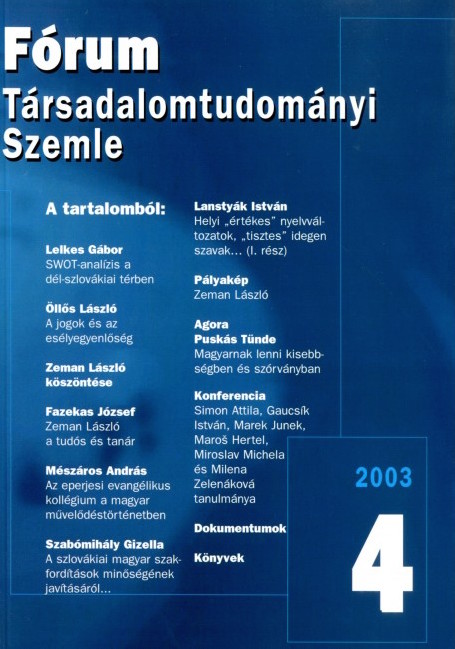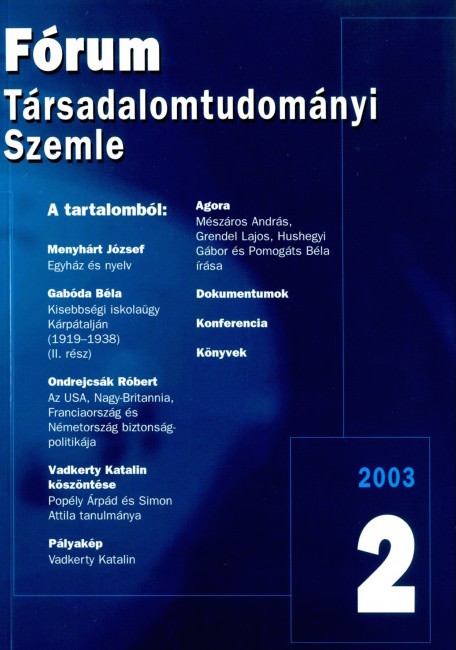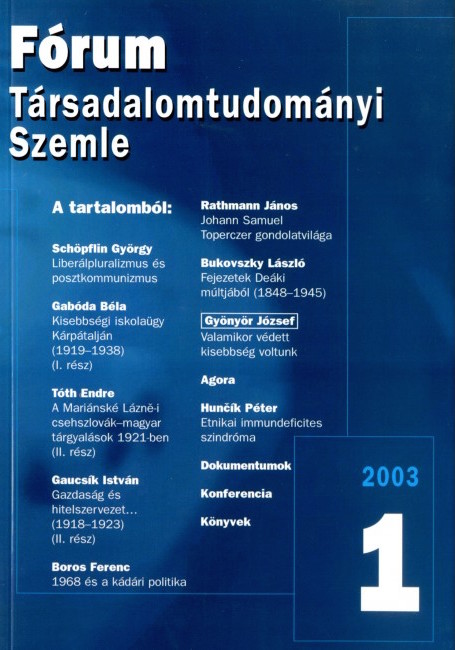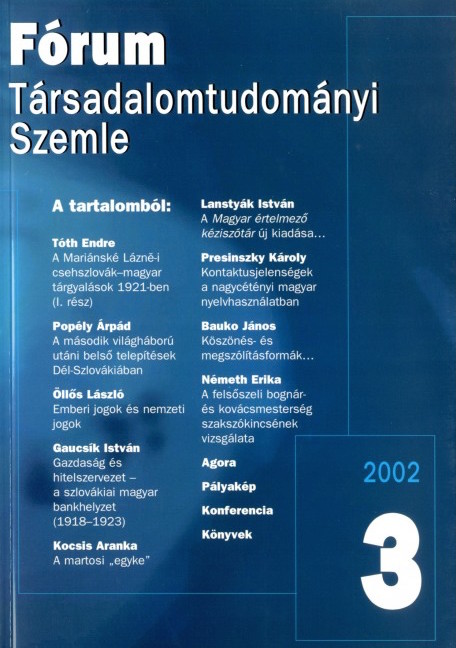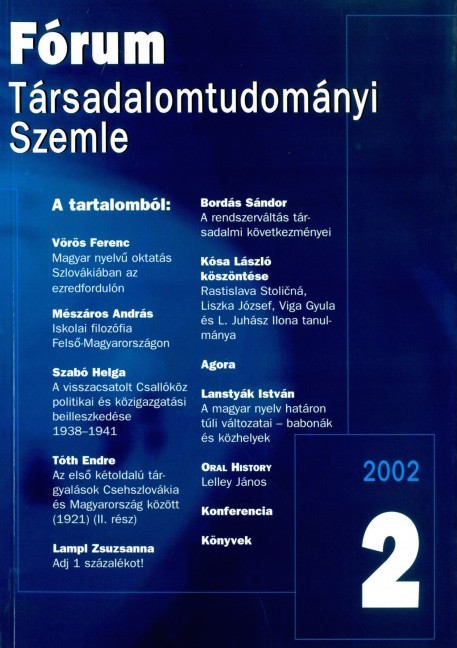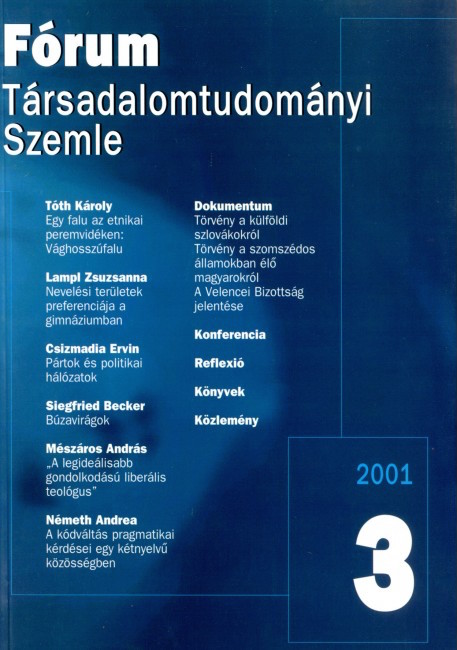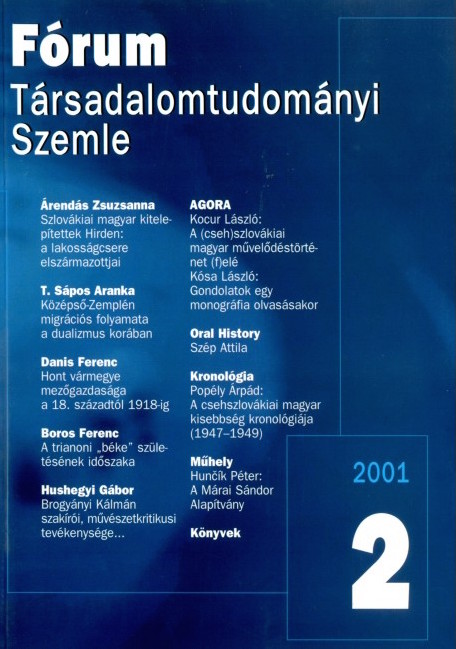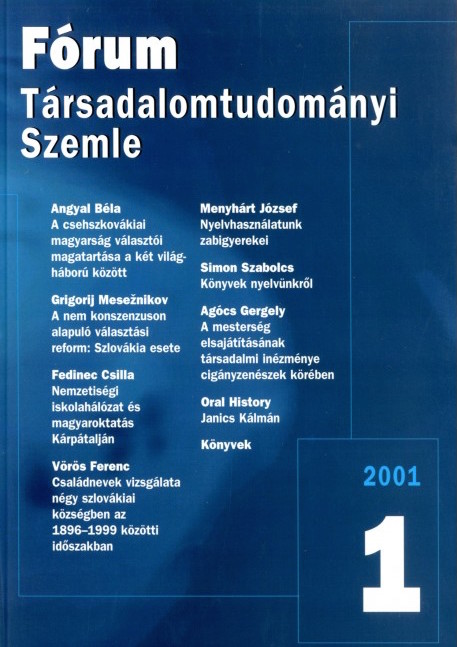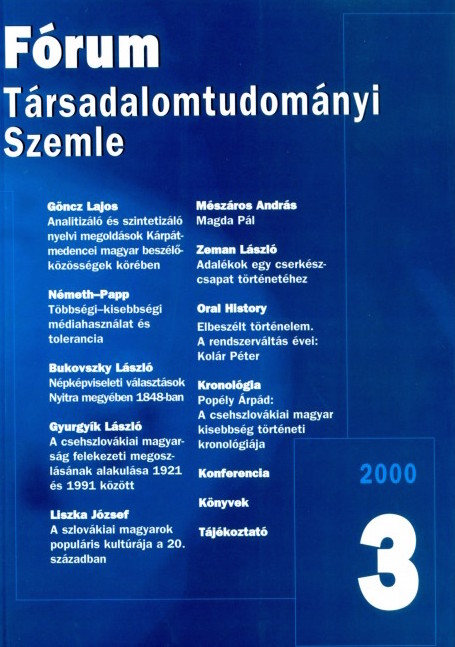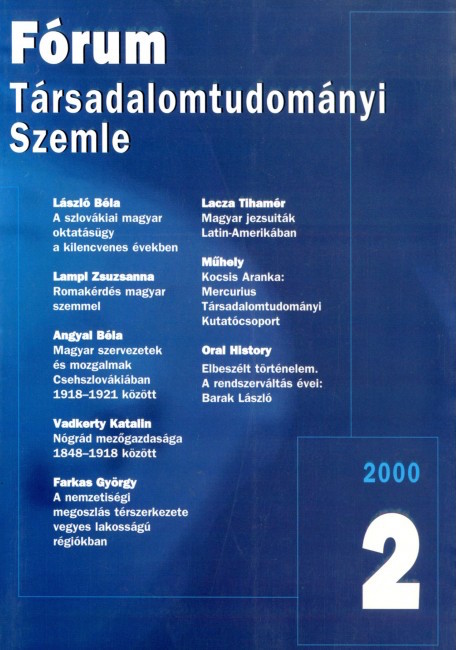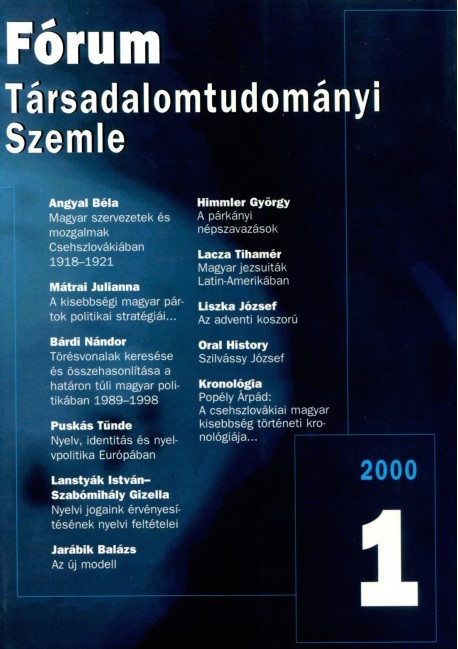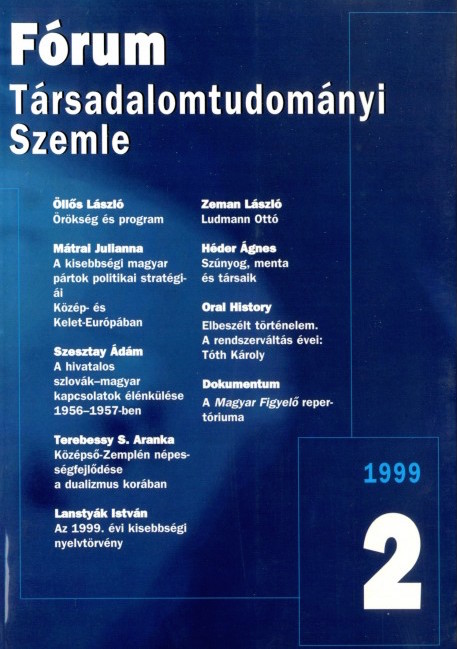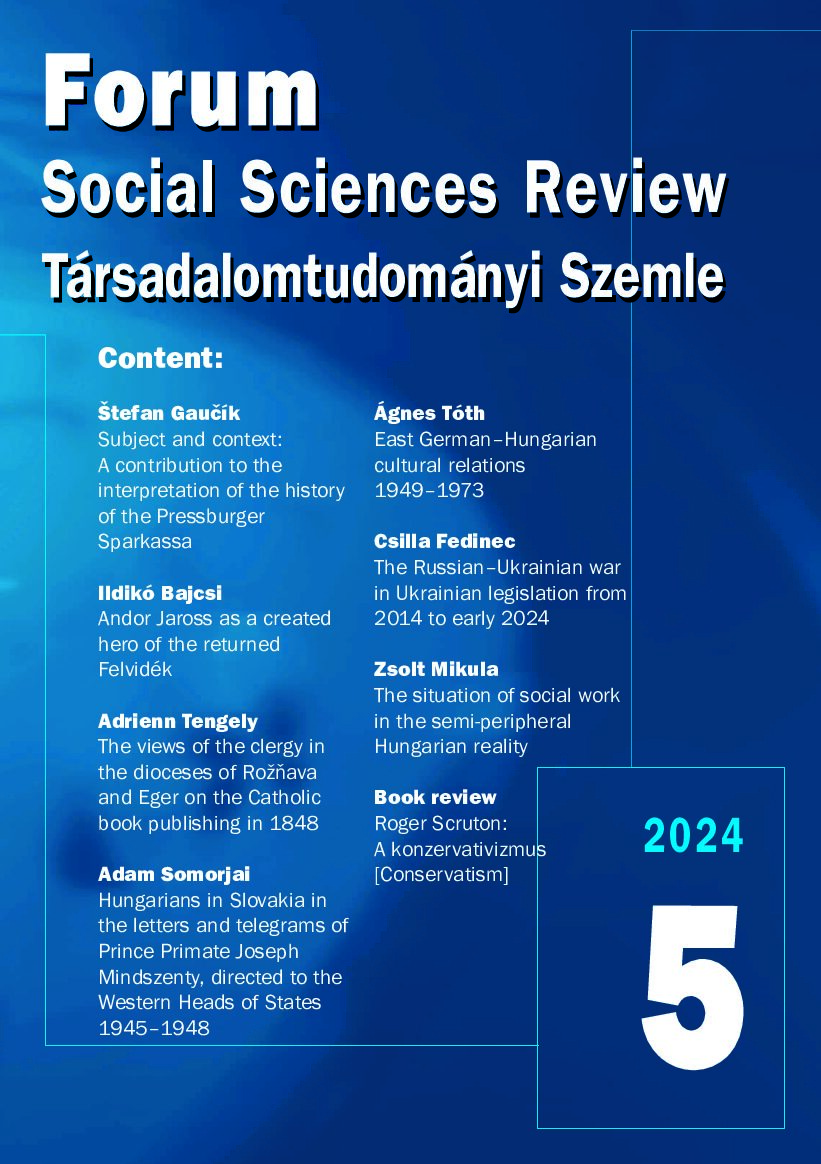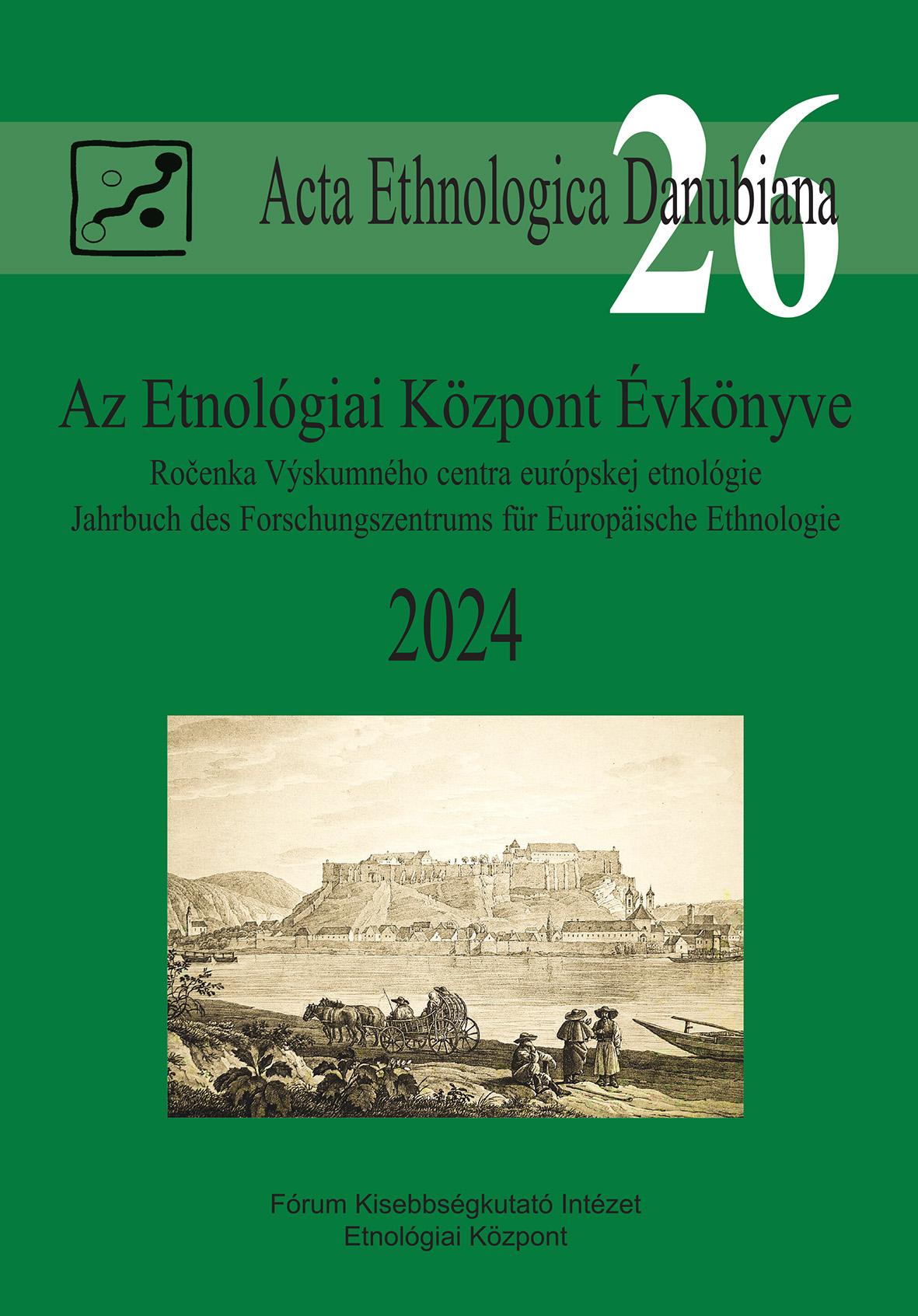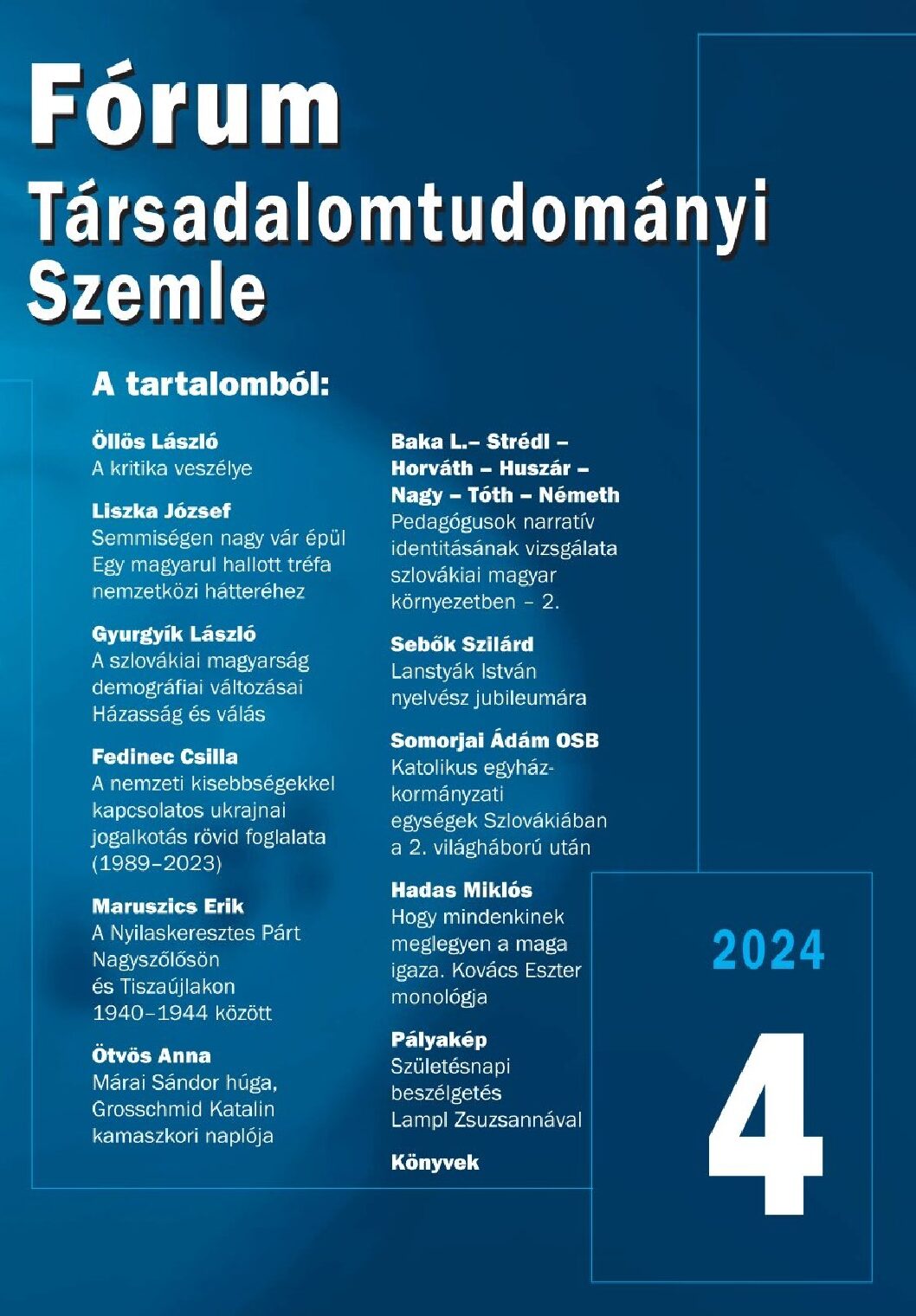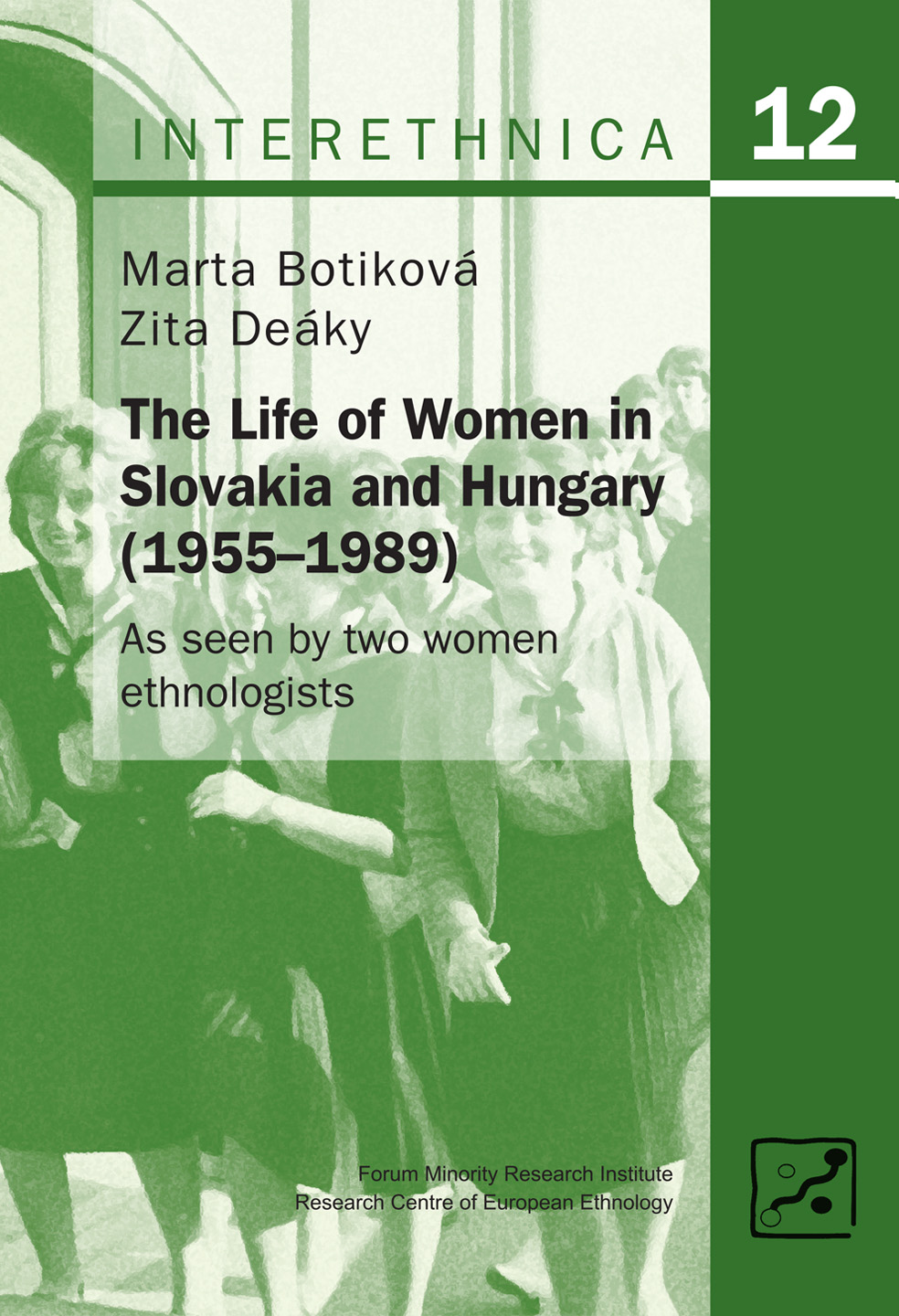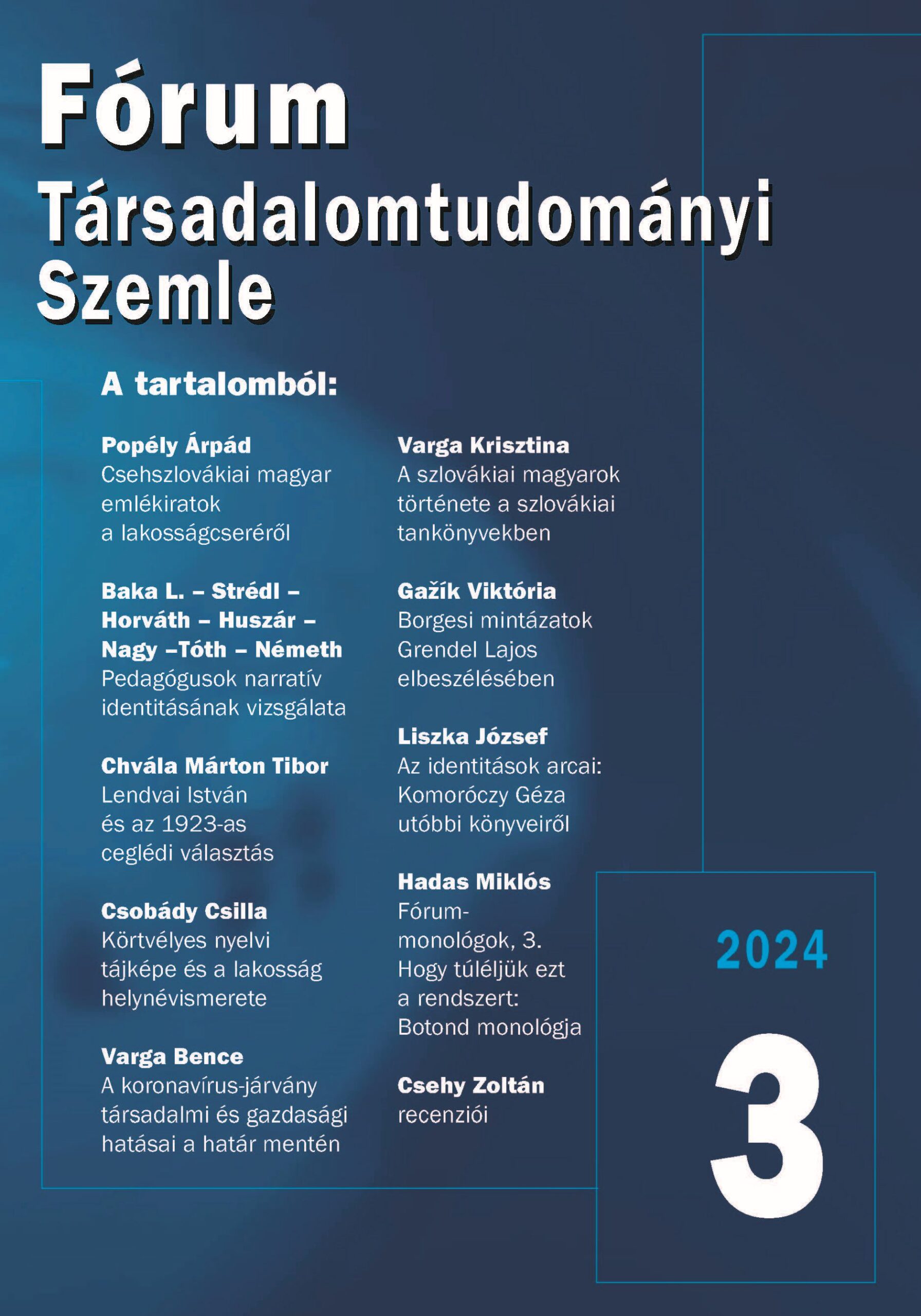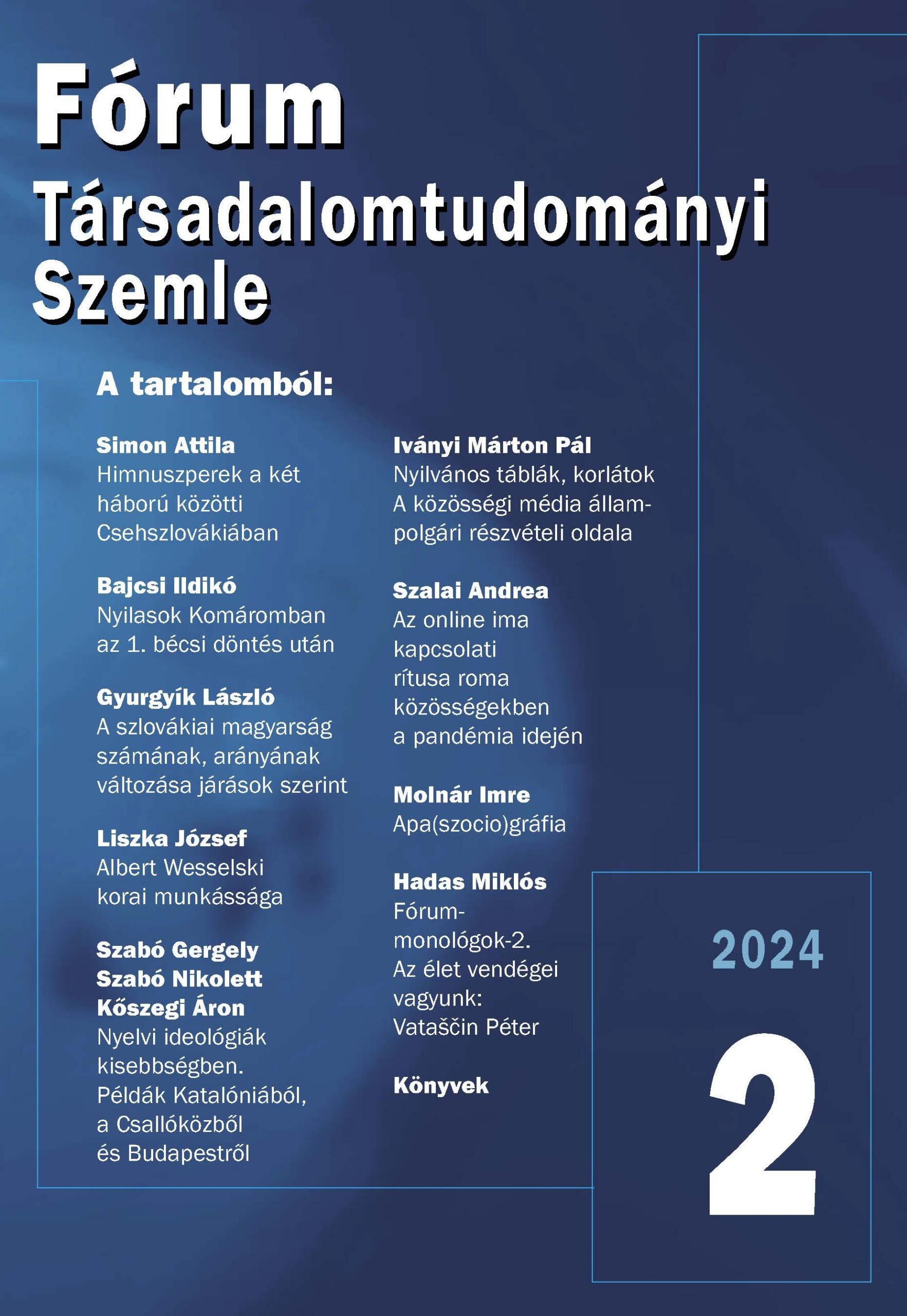István Lanstyák: On some questions of the 20th and 21st century revisions of the Károli Bible
The paper deals with the 20th and 21st century revisions of Károli Gáspár’s New Testament, from the point of view of linguistics and translation. It is based on a long-term research program, in which the linguistic forms found in the 20th and 21st century revisions of Károli Gáspár’s New Testament are compared with an older Károli revision from the 17th century and a number of new translations and (non-Károli) revisions from the 20th and 21st century. The short-term aim of the research is to find out how the revisers changed the texts to make it fit to the 20th and 21st century Hungarian language norms, how they succeeded in eliminating those features of the revised text, which were or became erroneous or problematic from the point of view of linguistics or translation, actually: how they were able to render the message of the original Greek New Testament to the 20th and 21st century Hungarian reader. The long-term aim of the research is to make a contribution to the research on how classic literary works and translations, which are becoming archaic, can be “saved” by adjusting their language to the contemporary language norm.
Ferenc Vörös: Paradigm Shift in Spatial Information Sciences and Name Geography
The name geography offers help for researchers in finding answers for questions which could not be explained so far. Data projected to maps, covering a much larger speech area than before, the whole one or a significant part of it, can be of interest not only for the linguists but for other scientists of neighboring fields as well. In this research on name geography I focused on family name corpuses of two time segments. The data of the first come from the national census of 1720 executed on the territory of the Kingdom of Hungary, and the second from the 2009 population register of the Central Office for Administrative and Electronic Public Services of Hungary. The possibility to compare two distant time segments, between which almost three hundred years elapsed, made my work much easier: the two family name corpuses had the advantage of making possible to examine a large amount of localizable data from the whole Hungarian-speaking area in a given time segment. In the study, four specific family names were examined: Pap, Kovács, Árgyelán and Nagy – as well as spatial (name geographical) divisions of all lexical types of these.
Lajos Cs. Nagy: The computer in the dialect research
In this study of science history I want to present what an important role the computer plays in the dialectology. Thanks to the application of a special software developed by various workshops we can disclose the territorial and social context of language use in a previously unimaginable speed and depth. (I have to mention here that it would be desirable to integrate the activities of the individual workshops and to synchronize research areas.) New research areas of dialects could be opened (e.g. phoneme burdening level, phoneme frequency, semantic geography etc.). Huge databases could be constructed and permanently expanded by materials from former collections (yet available in manuscripts and printed sources): regional dialect dictionaries, regional language atlases. The Hungarian dialectology can join international research projects again.
Lucia Satinská: Bratilicious Prešburg: Multilingualism of Linguistic Landscape in the Contemporary Bratislava
The study presents a research on the linguistic landscape of the contemporary Bratislava from the point of view of multilingualism (the representation and functions of the majority Slovak language, the global English language and the minority Hungarian language) and legislation (if some signs in public space are against the law, it does not have to mean that they are not communicatively successful). The traditional German–Hungarian–Slovak trilingualism of the city’s past is contrasted with the present tourist oriented Slovak–English–German trilingualism. It is shown that although Hungarian is the largest minority language in Bratislava, its visual representation is very small and only has a symbolic, not a communicative function.
Szabolcs Simon: Hungarians in Slovakia and the most recent language laws
This study deals with the most recently adopted language law in Slovakia. It examines whether the Hungarian intellectual informants from Slovakia (223 people) are aware of the Slovak language law and the law on the use of minority languages. The study compares data with the similar study written ten years ago. The research also seeks answers to the question of people’s attitude towards the language laws determining their lives.



